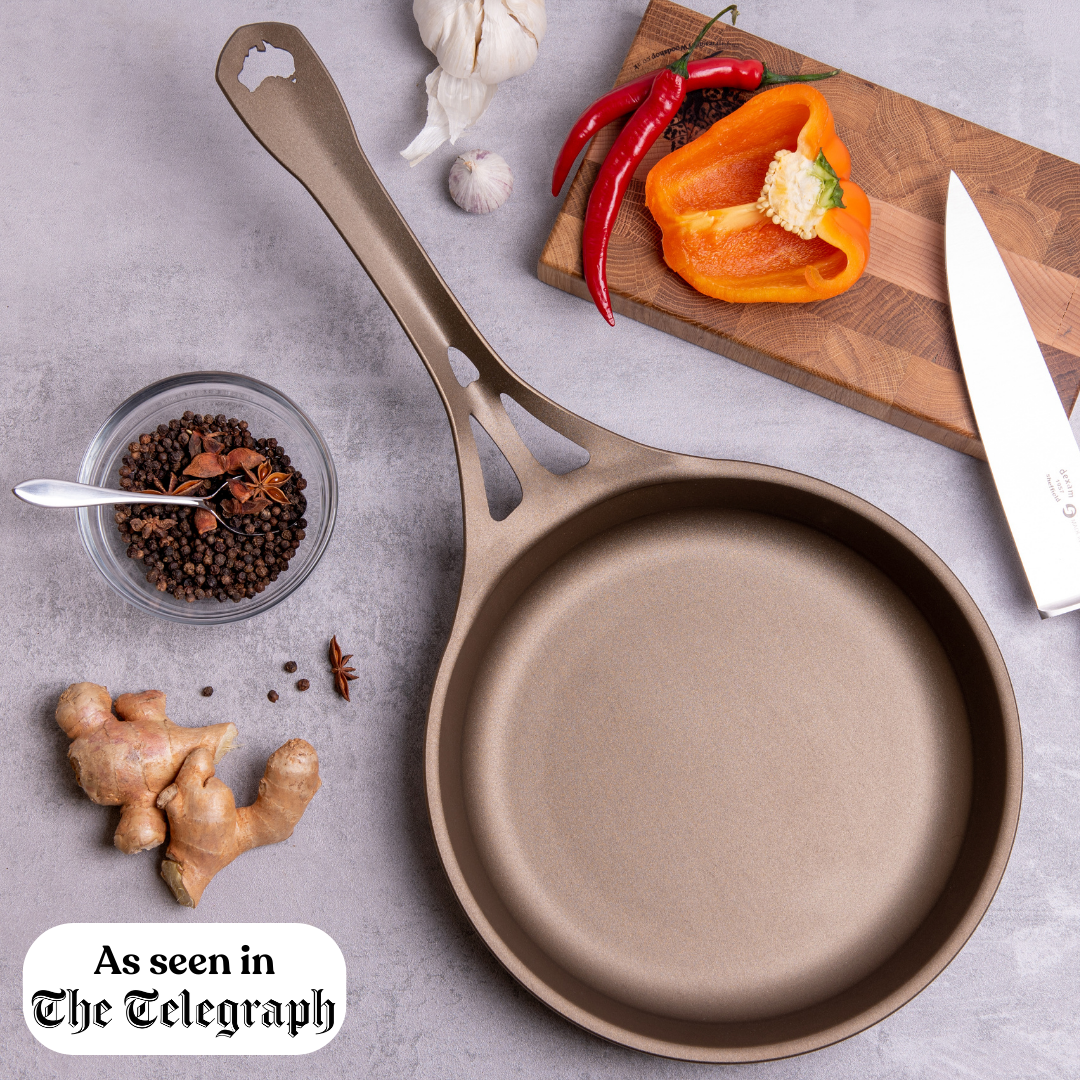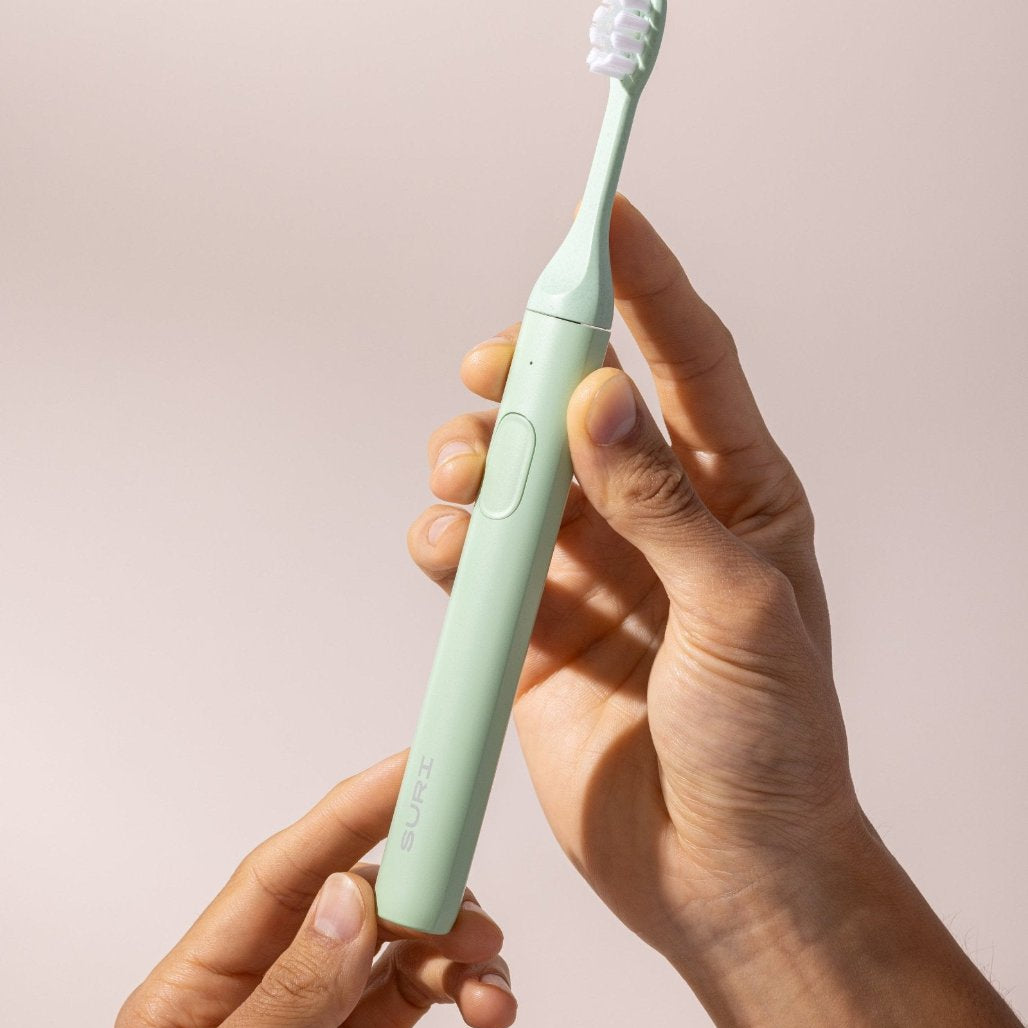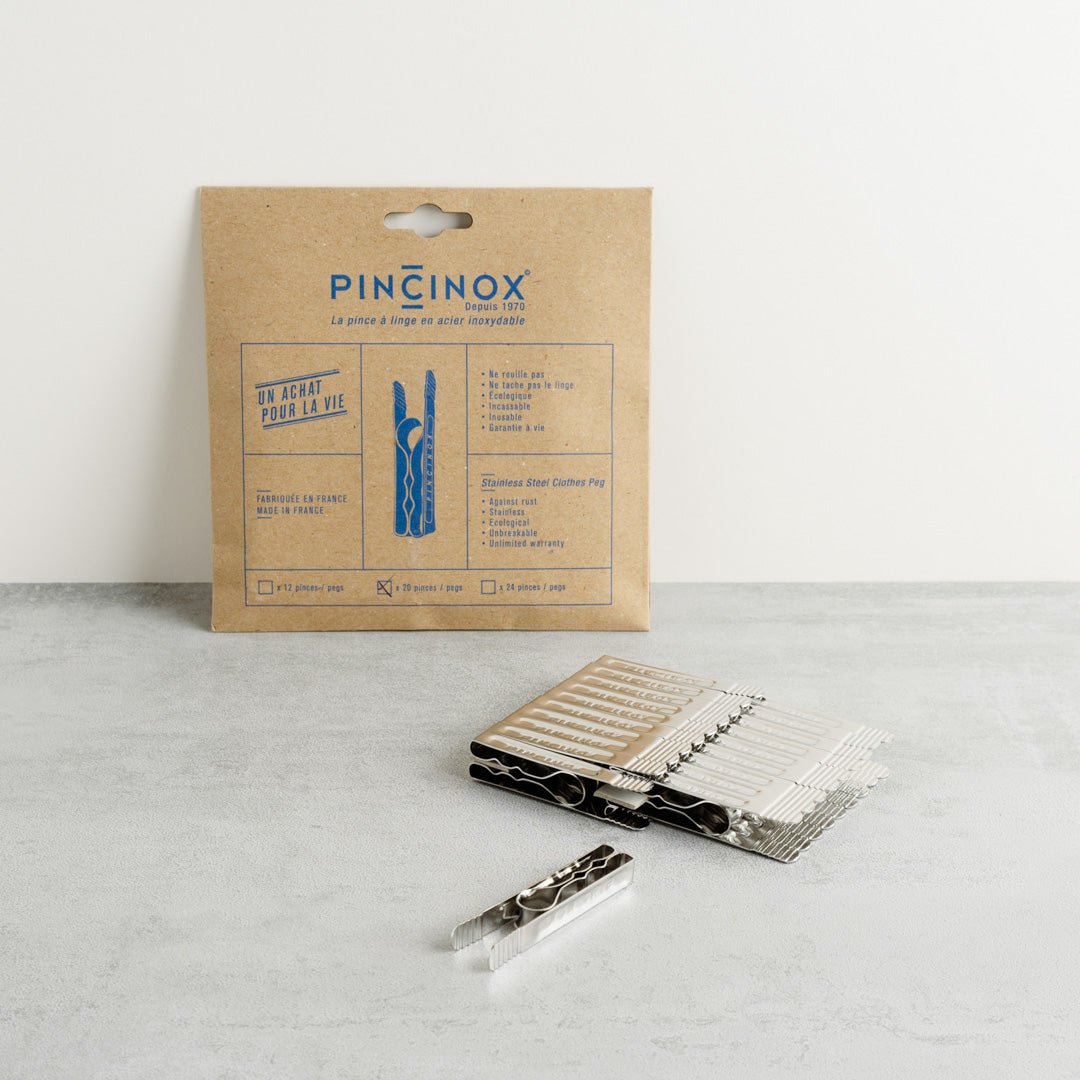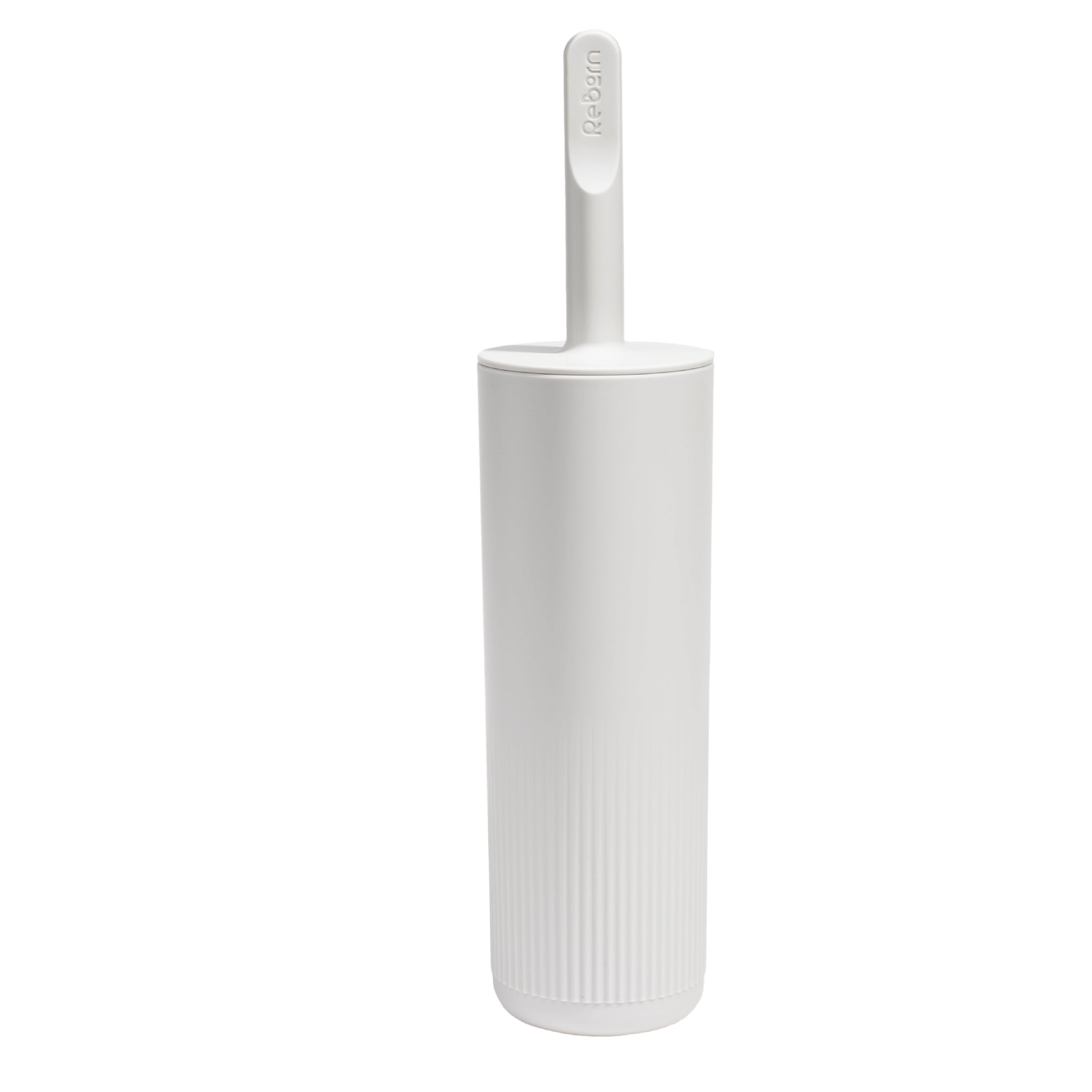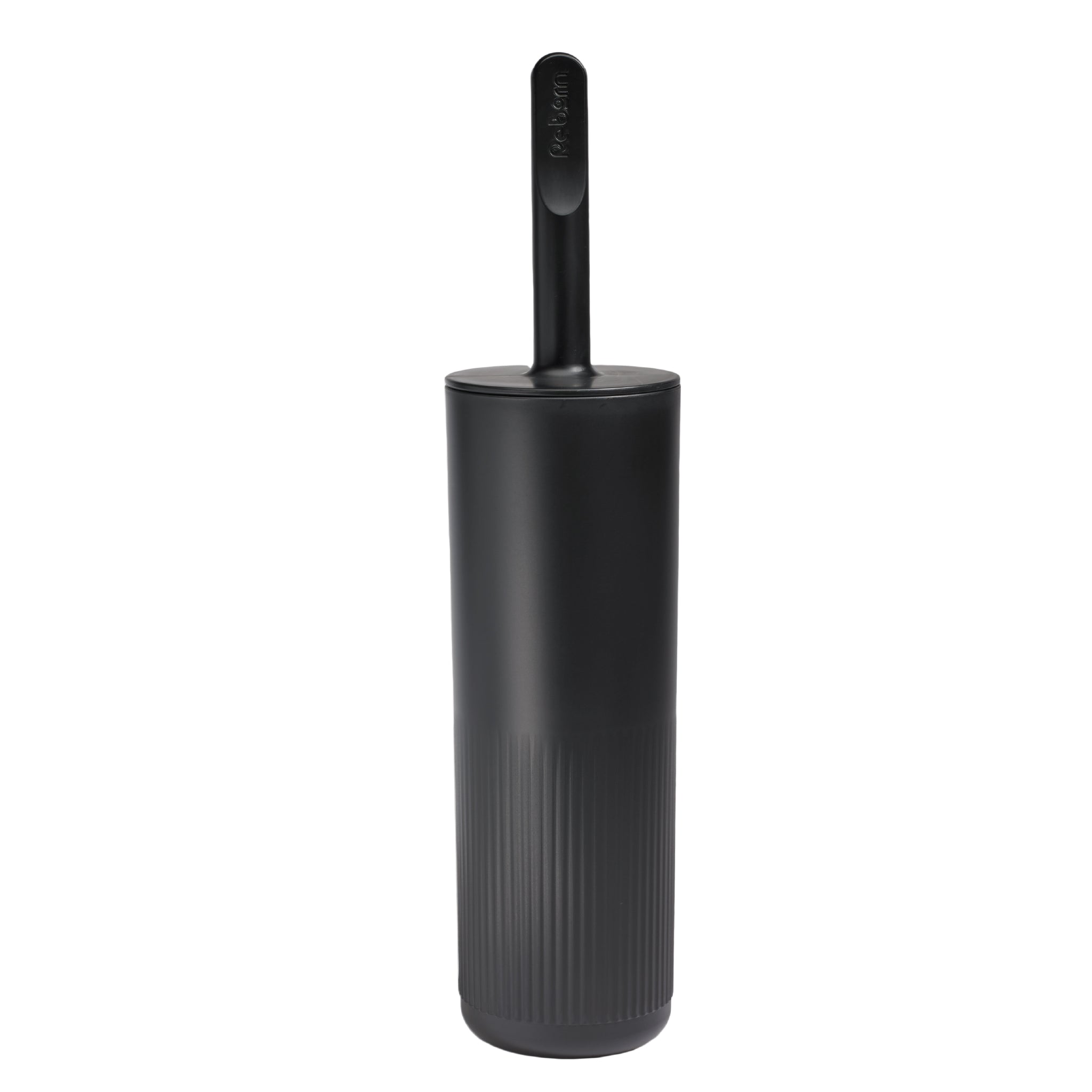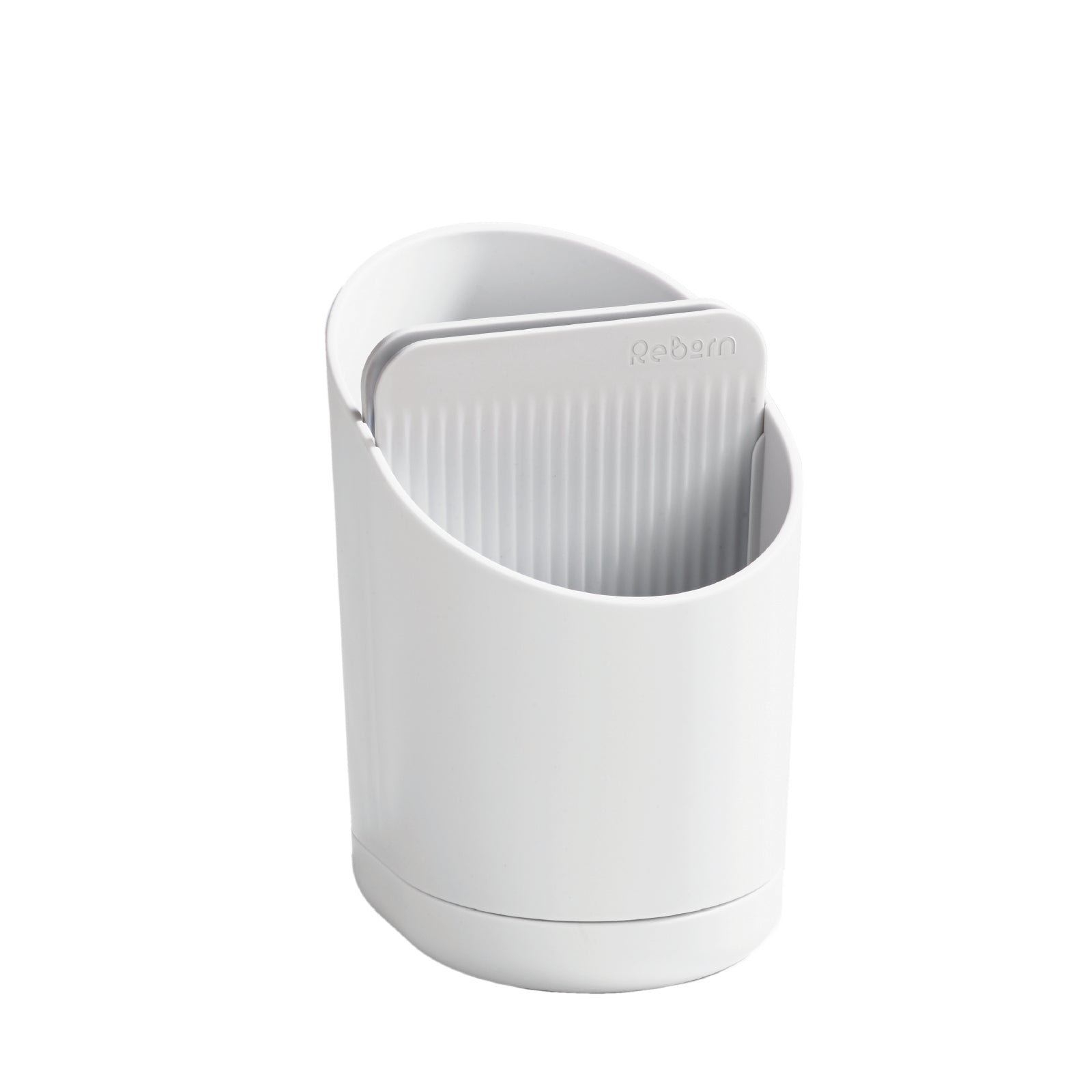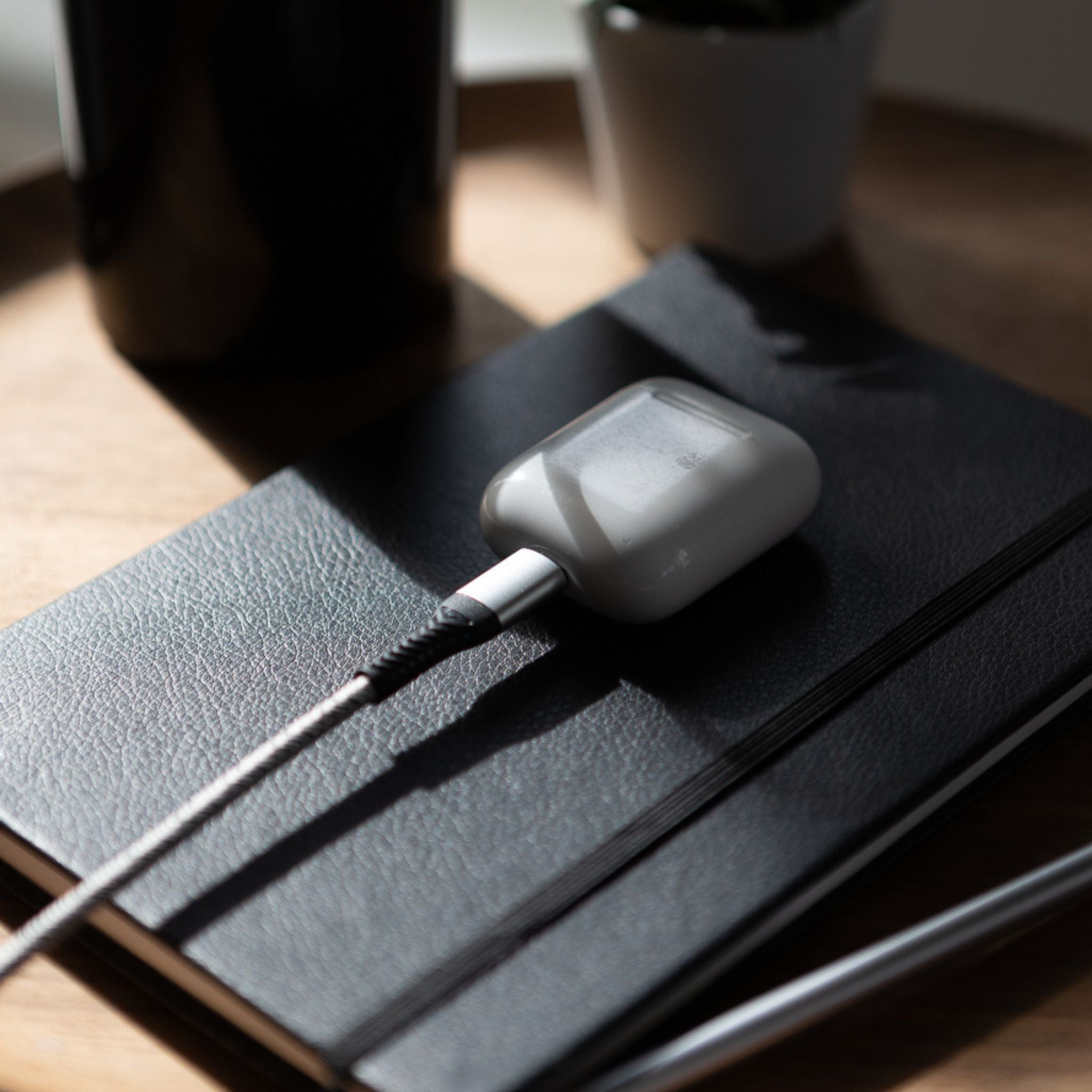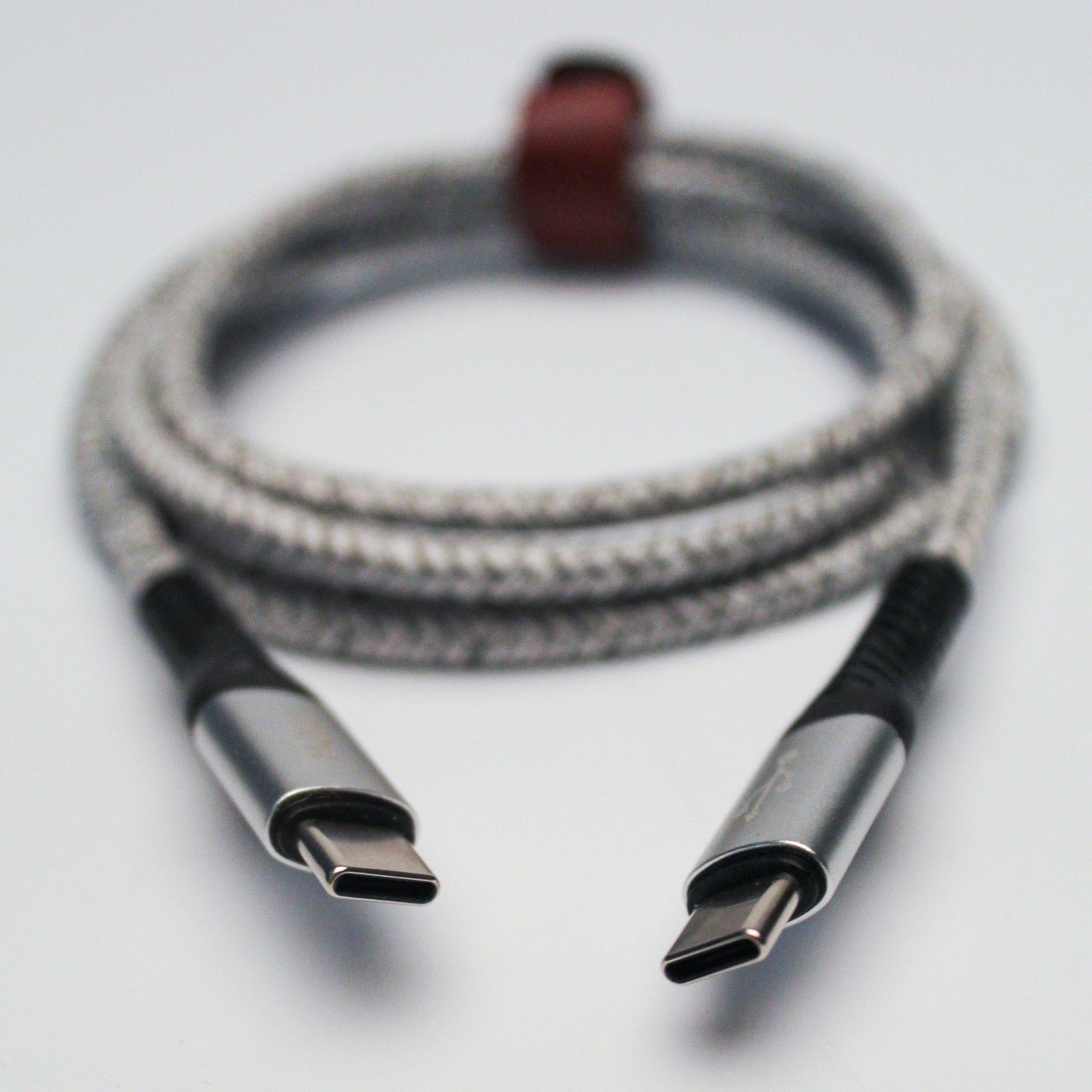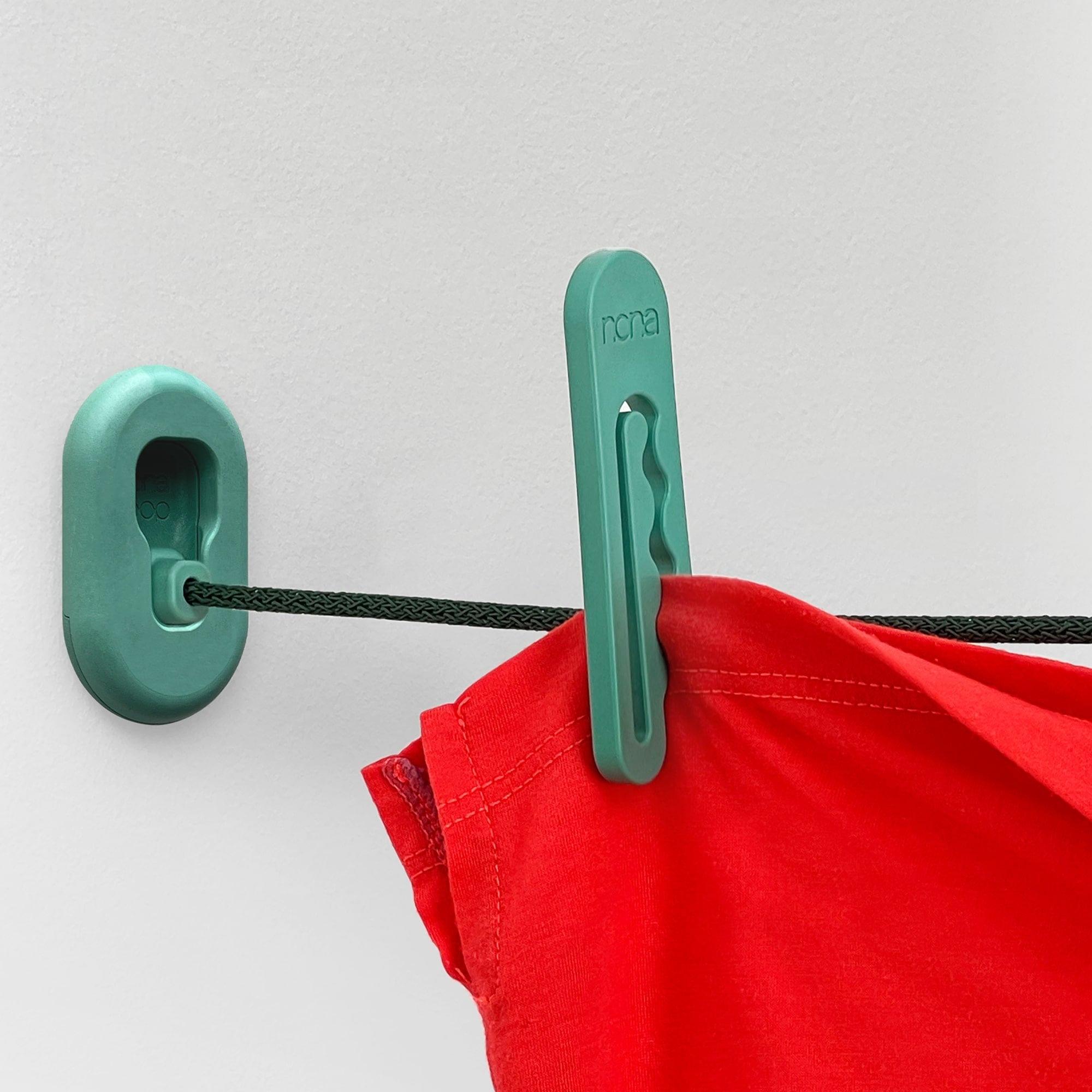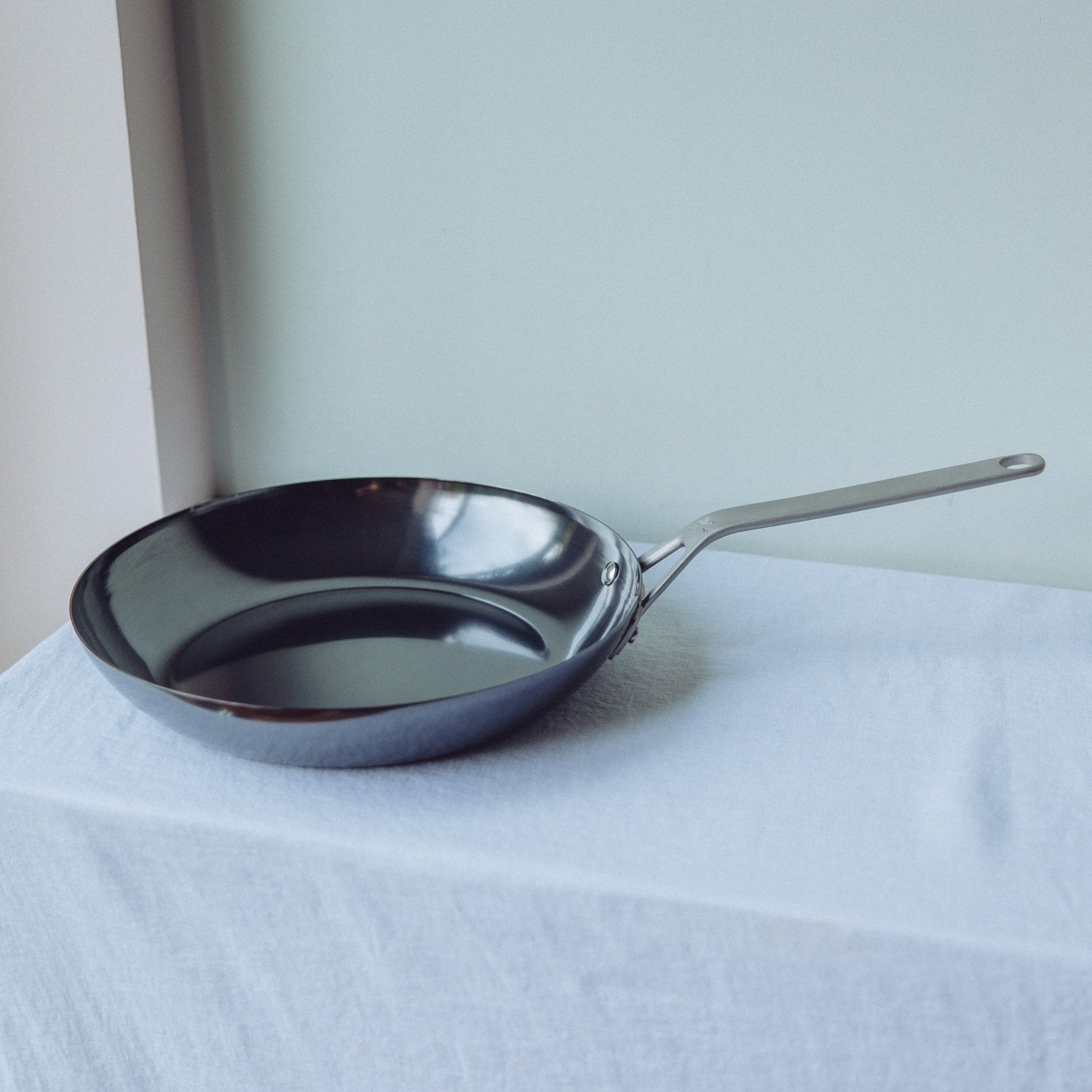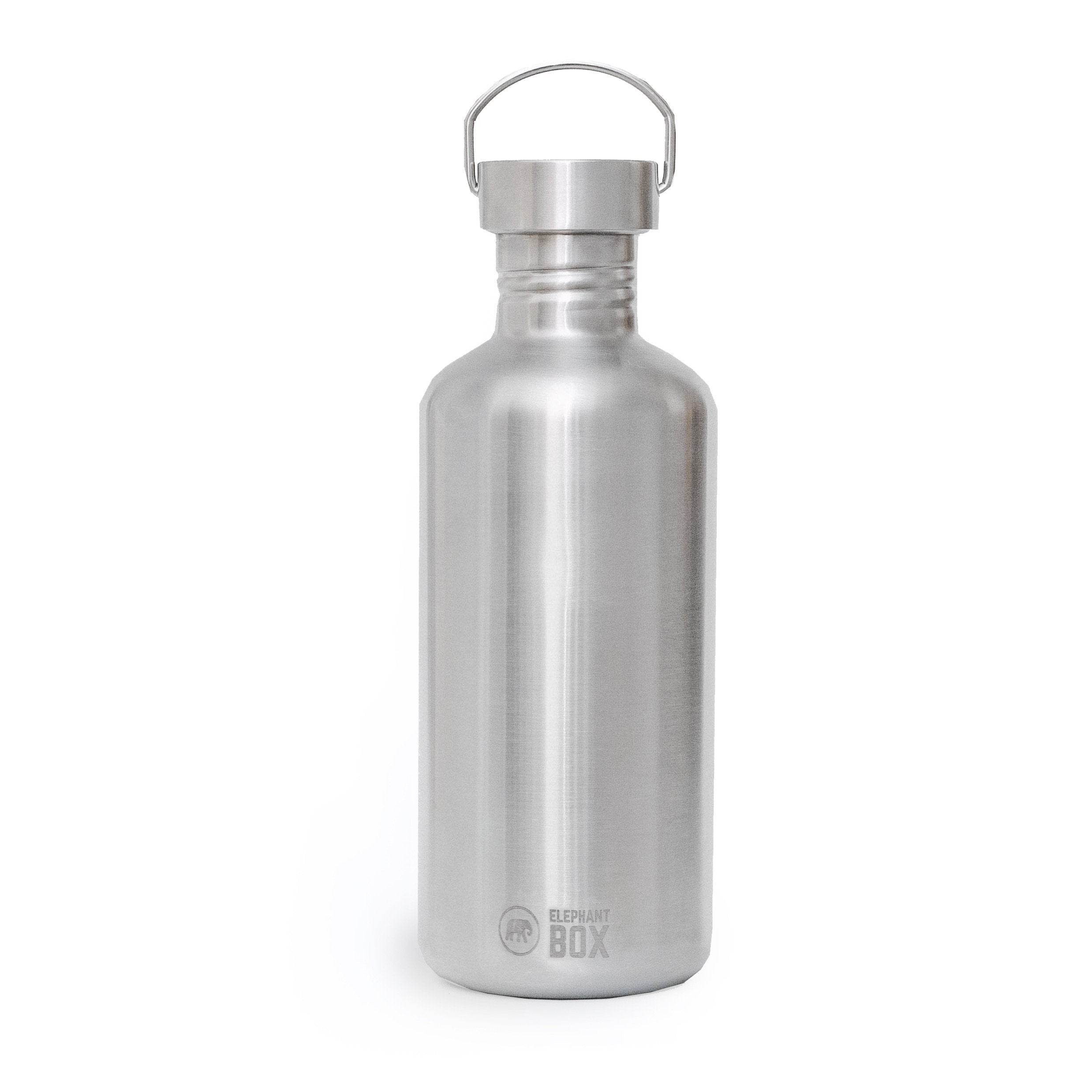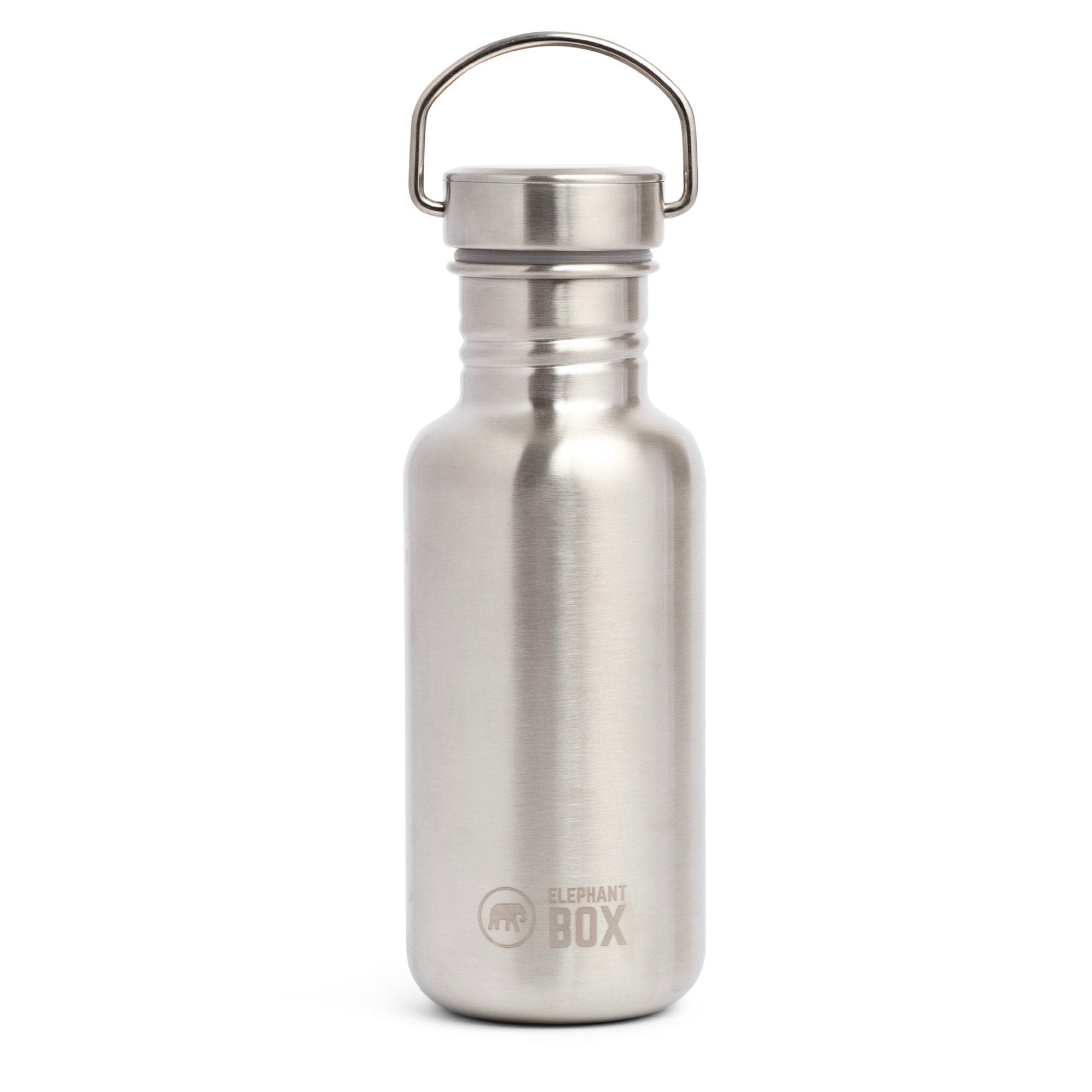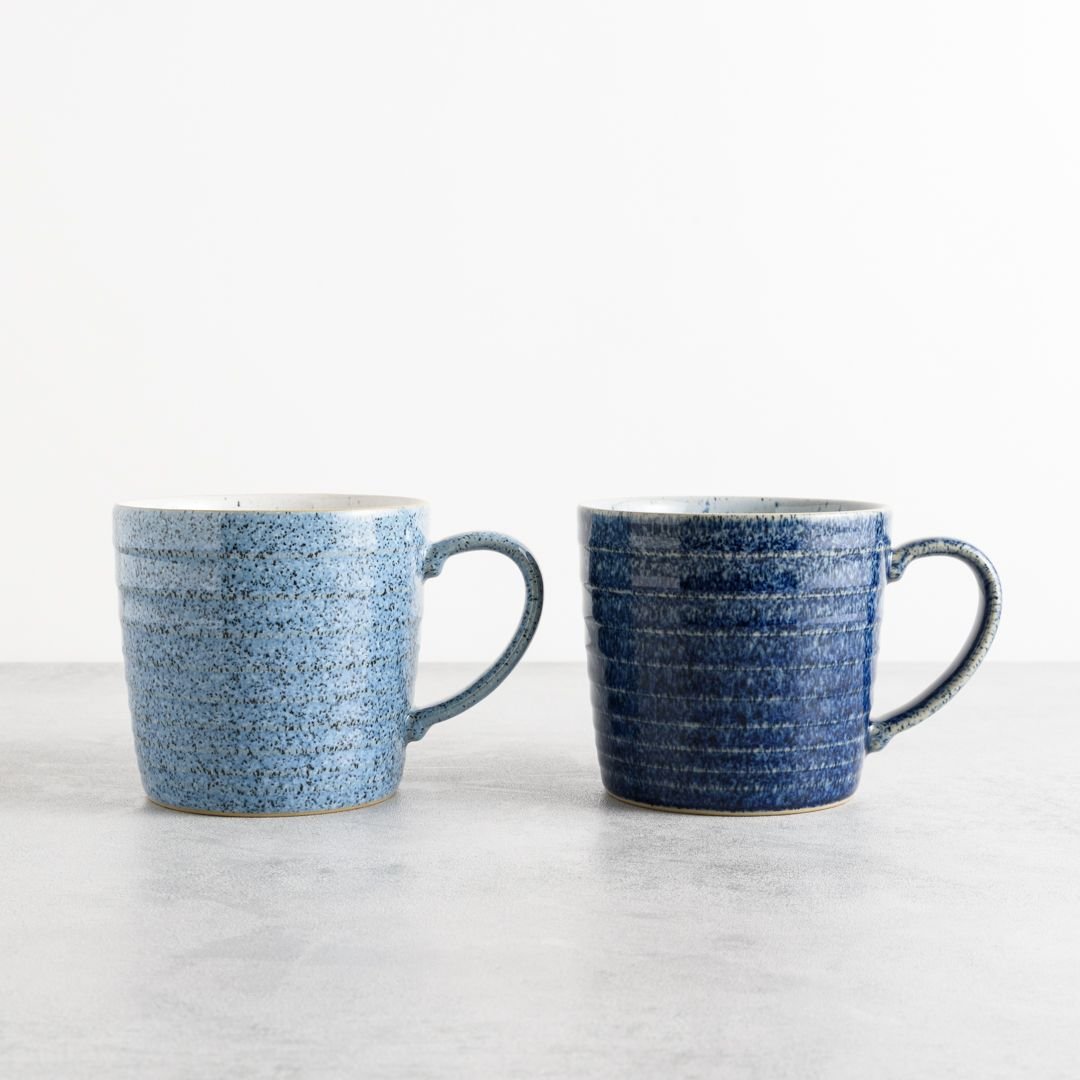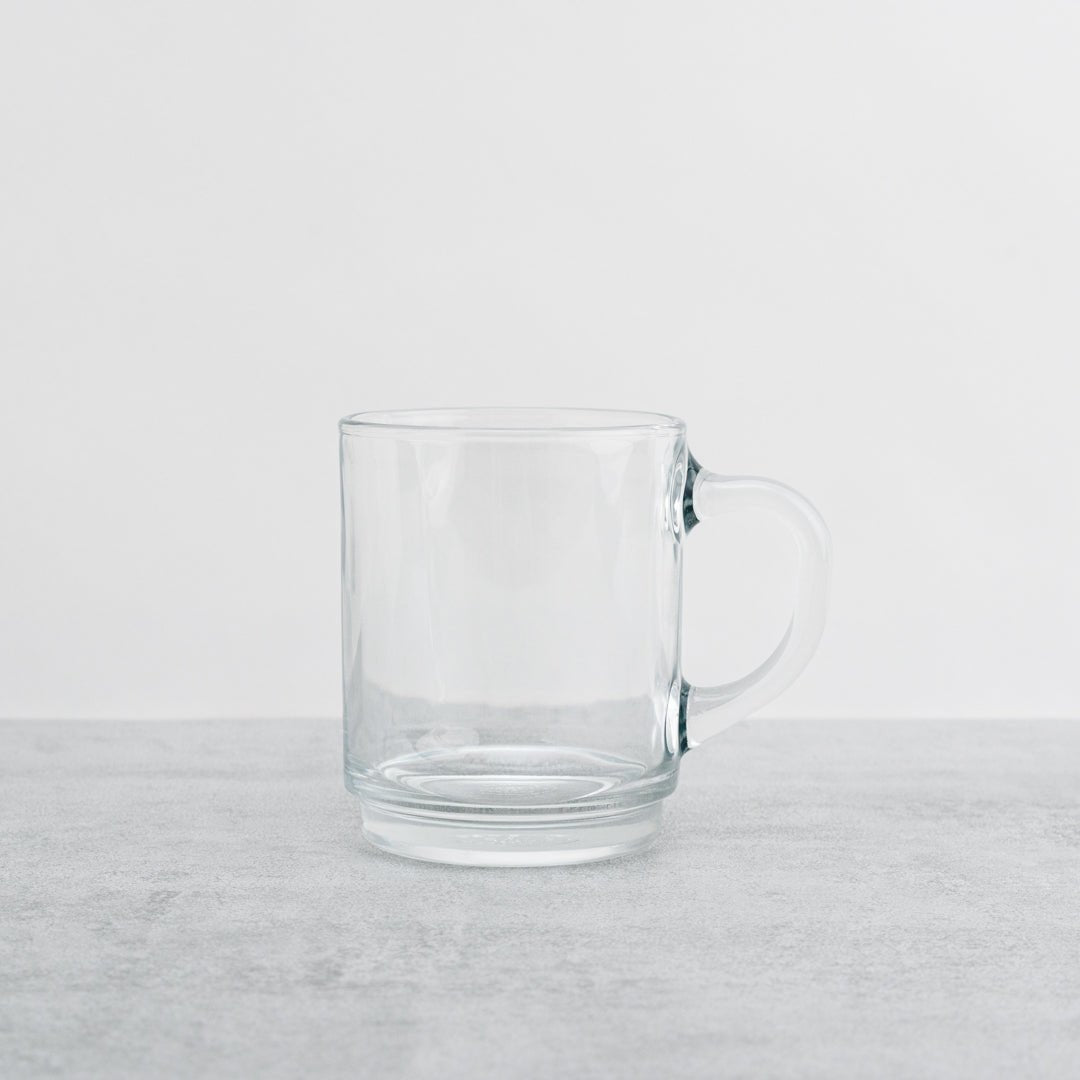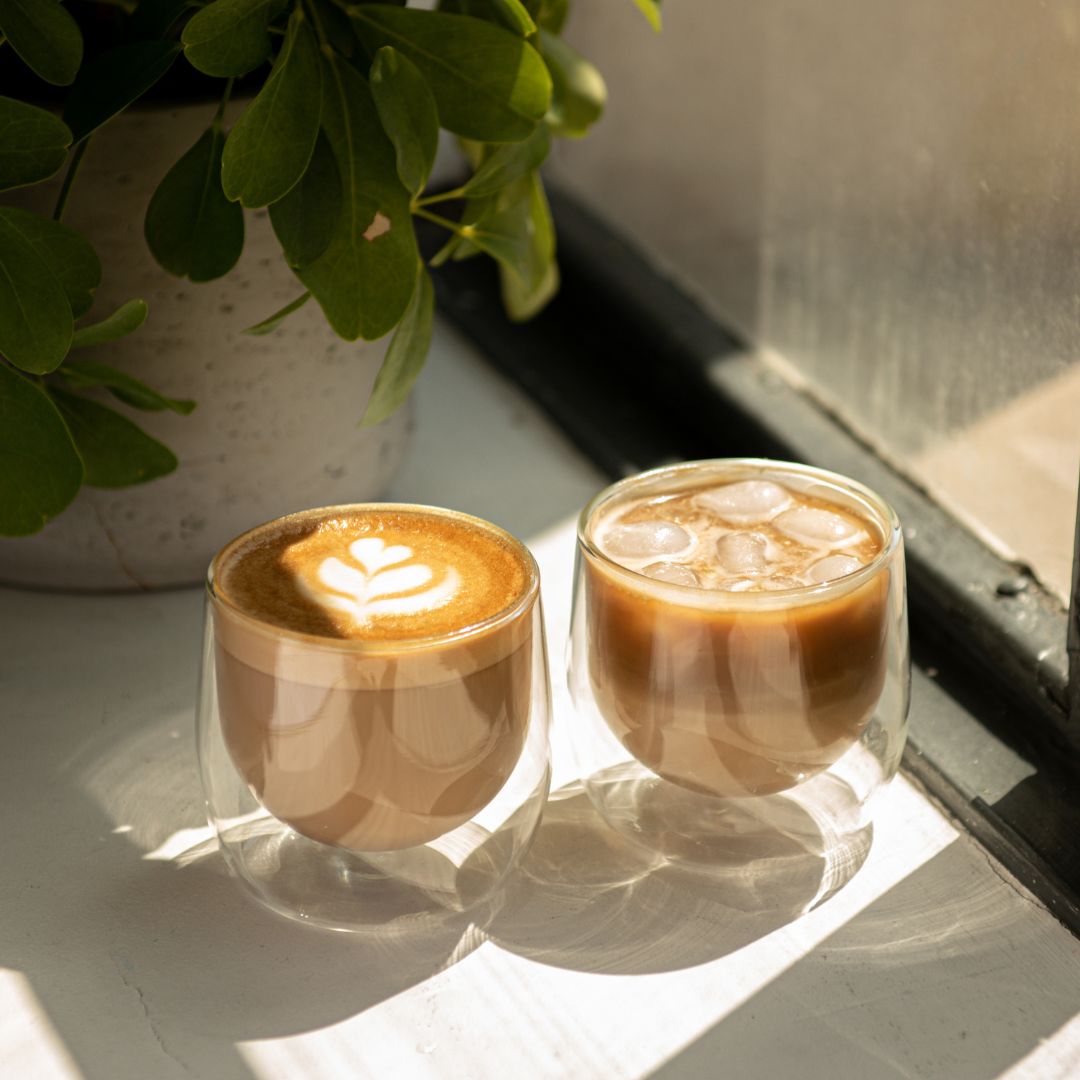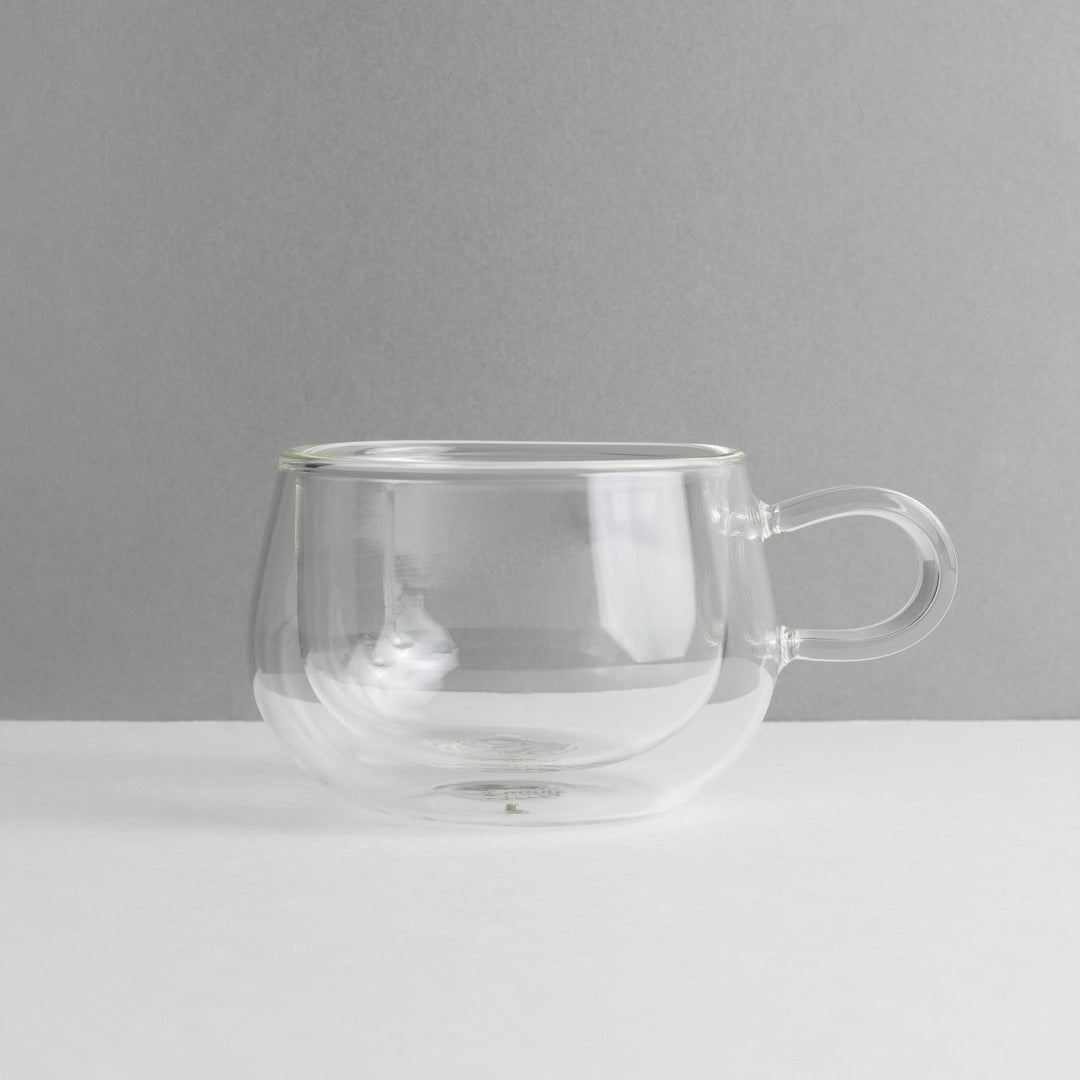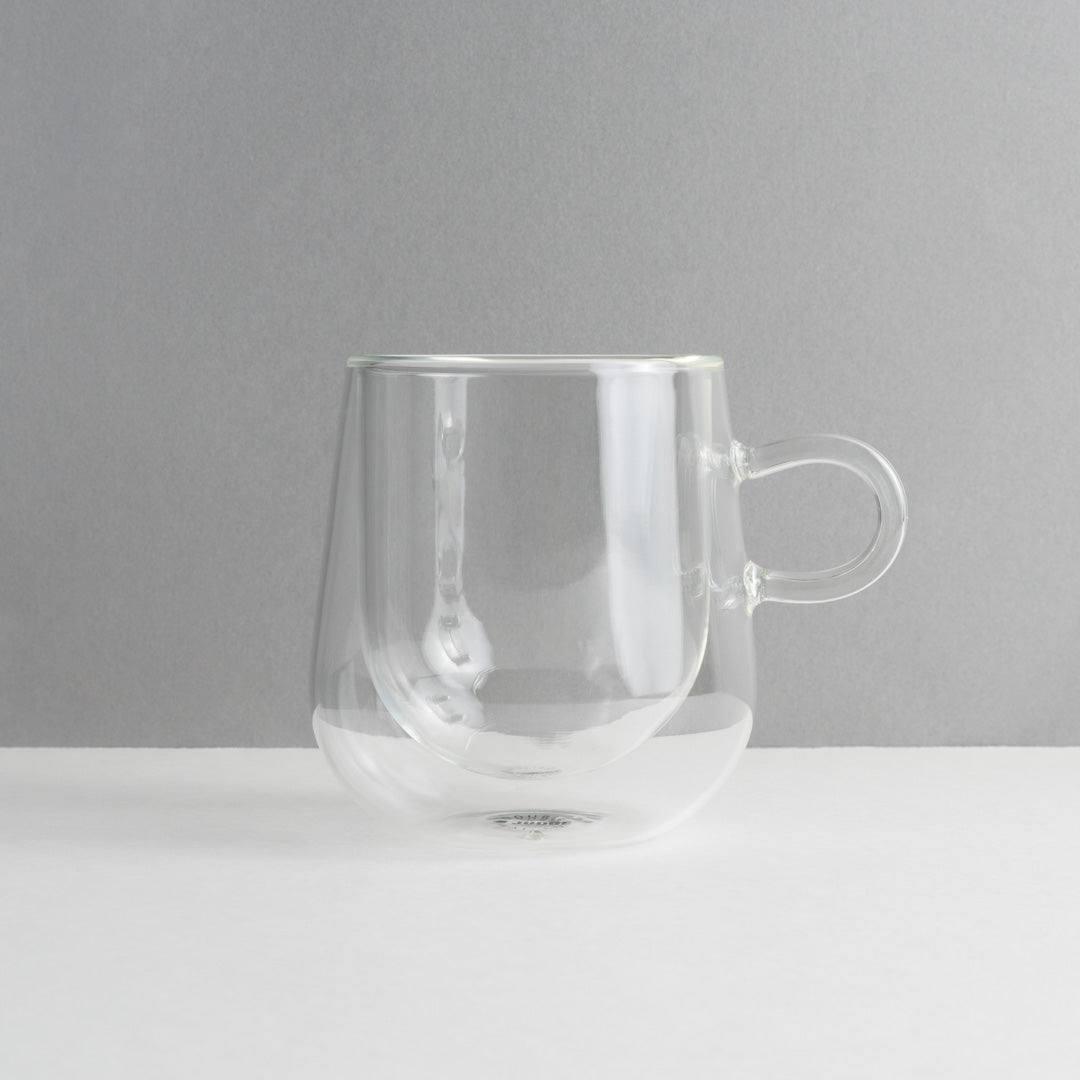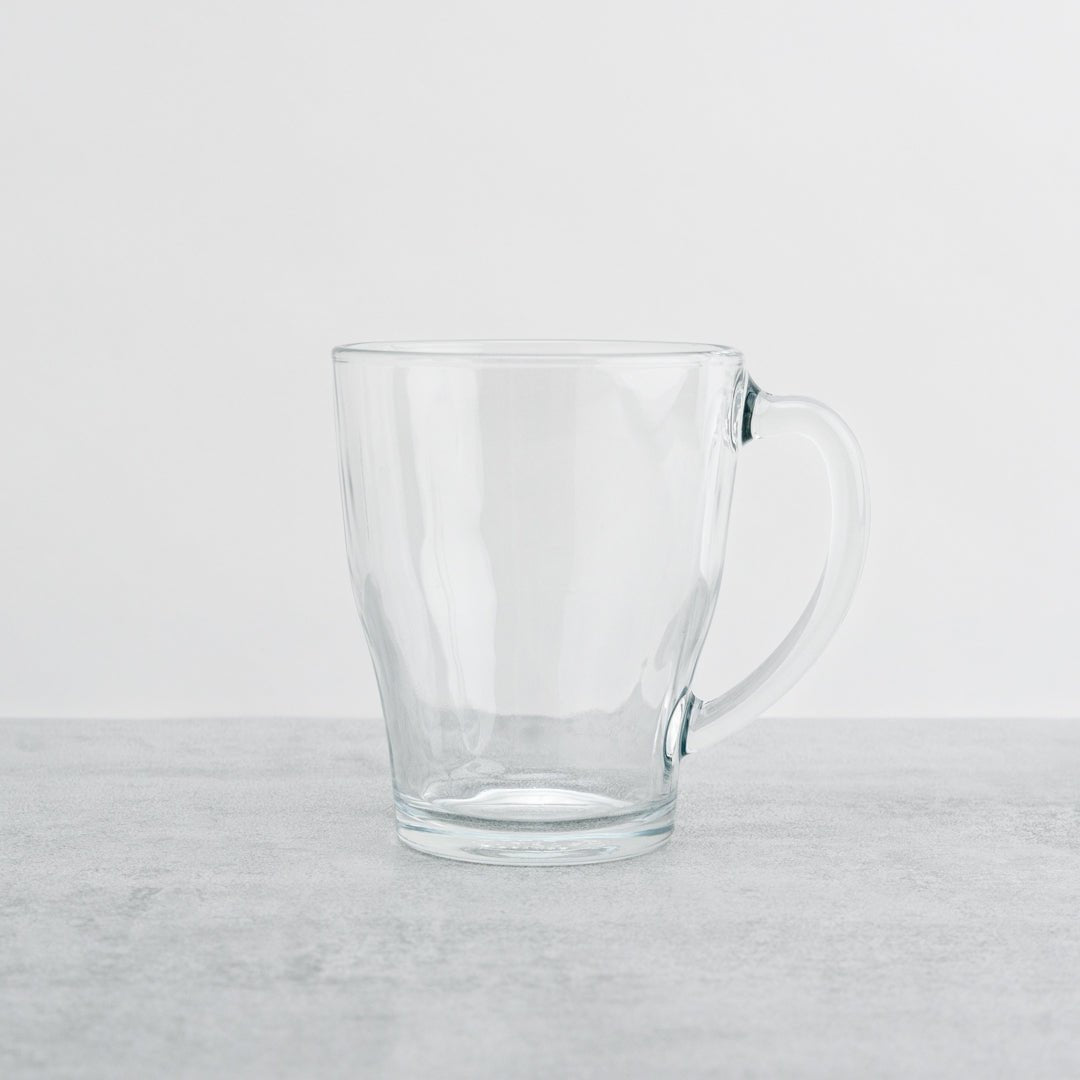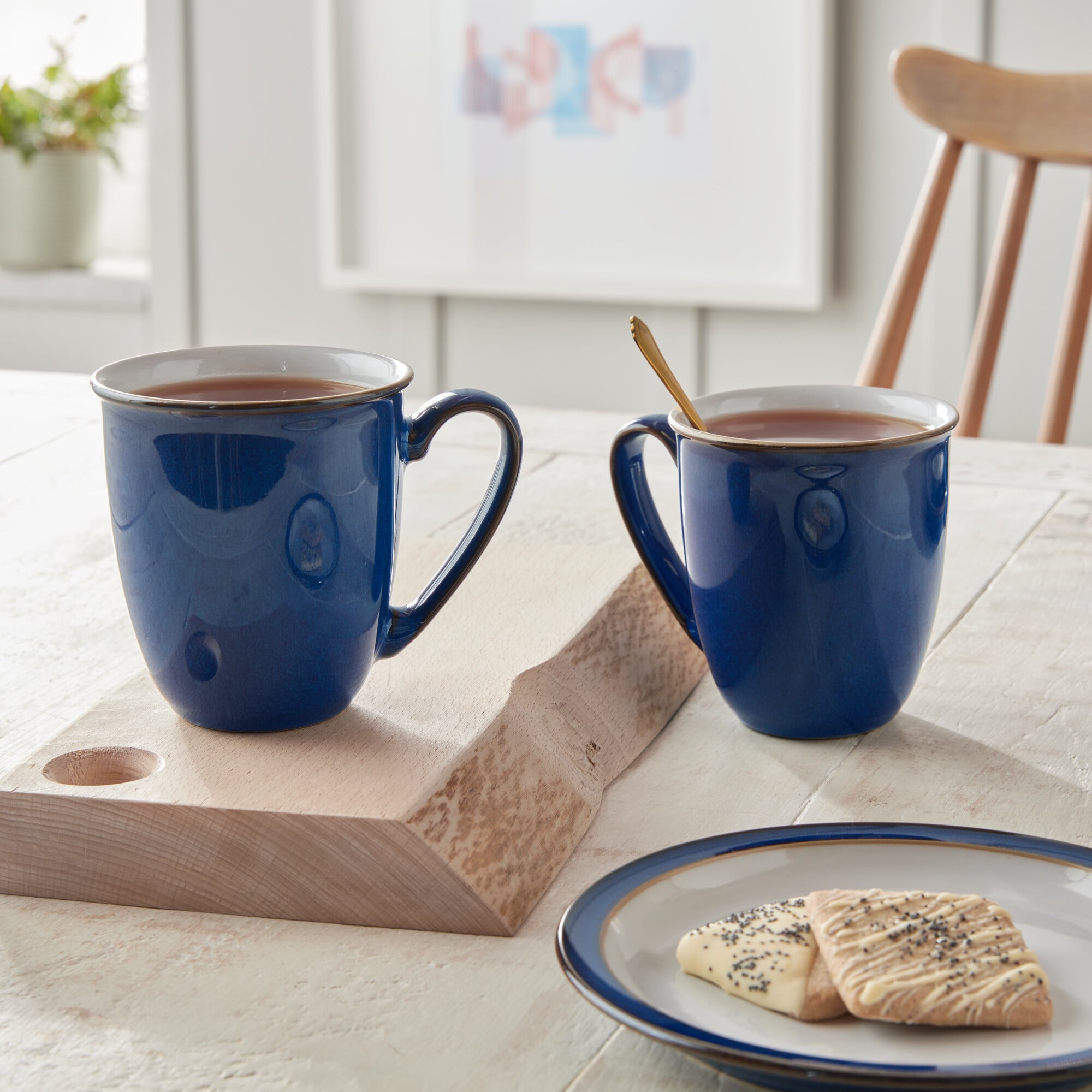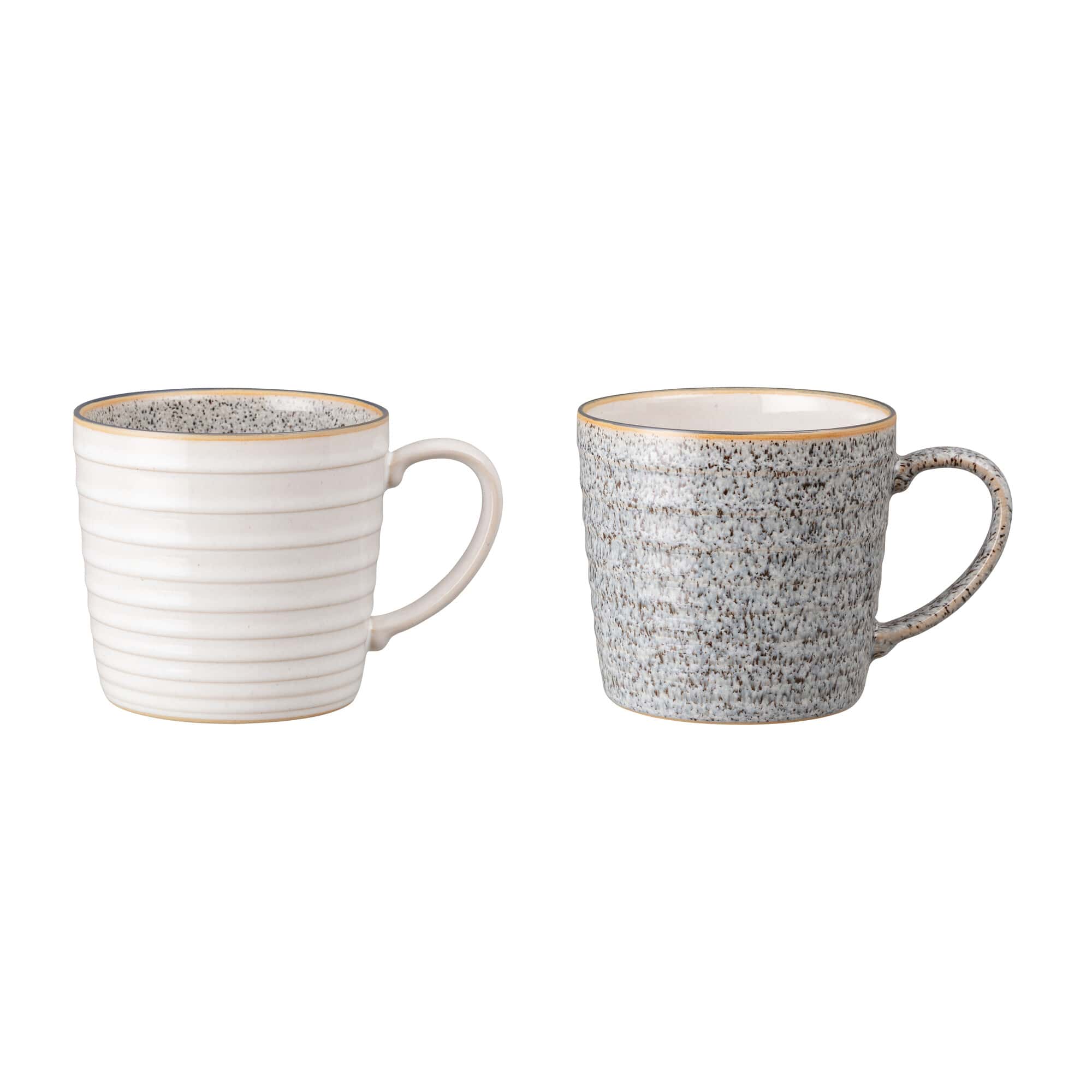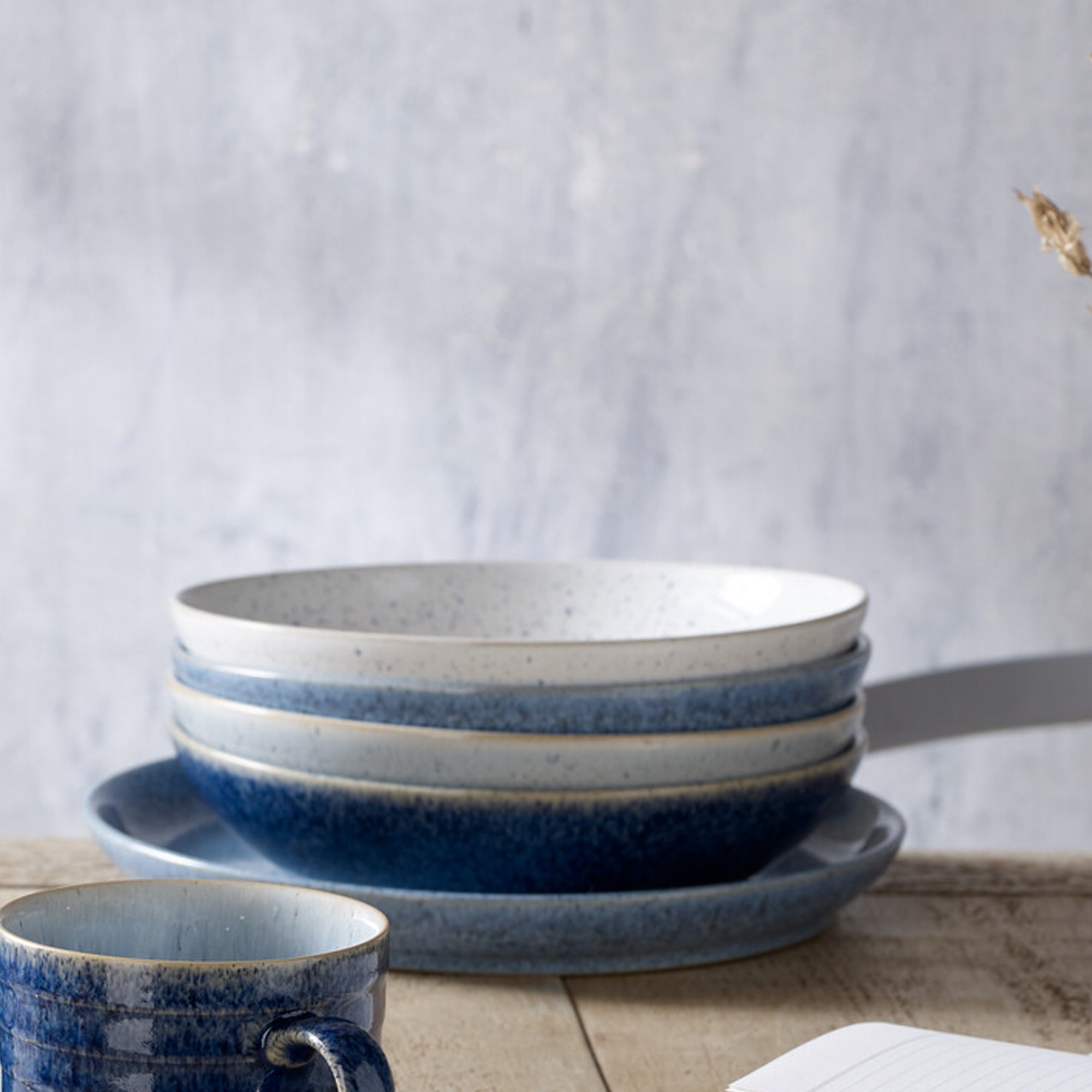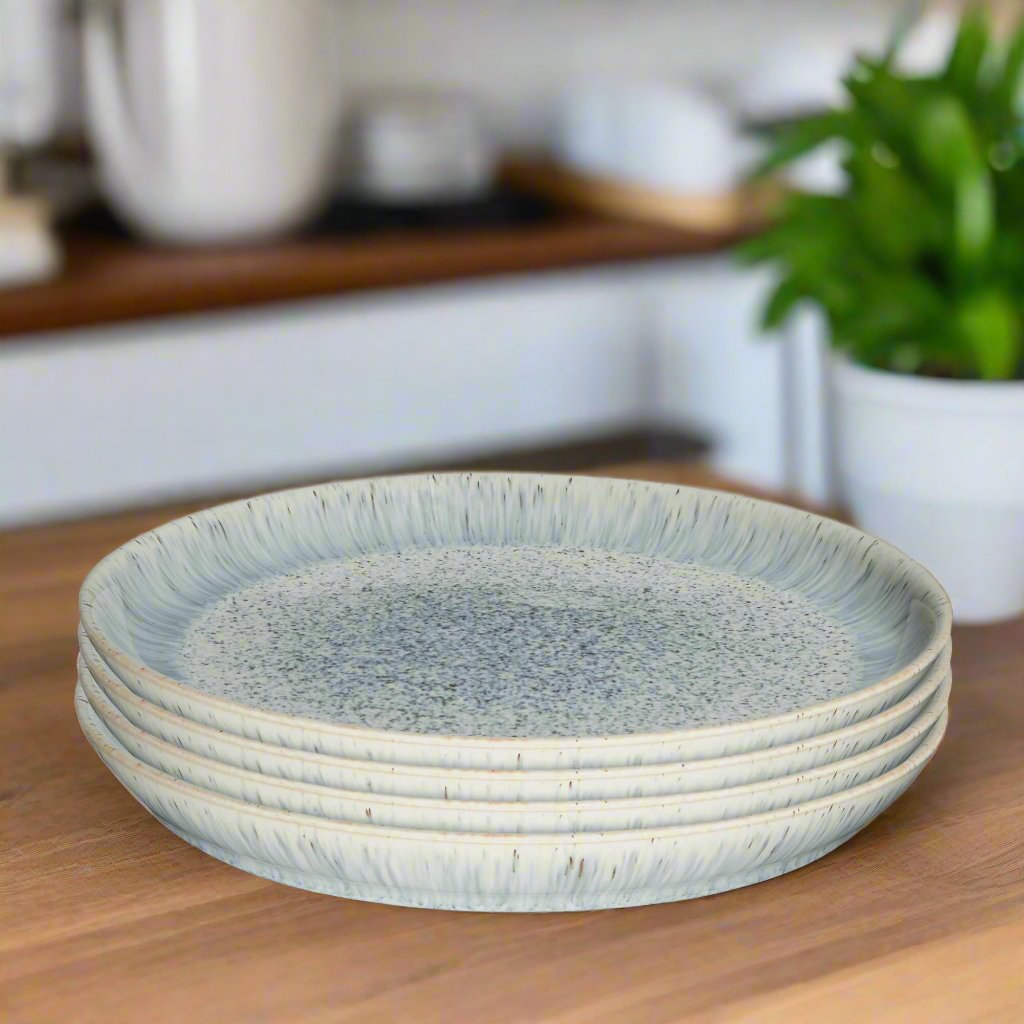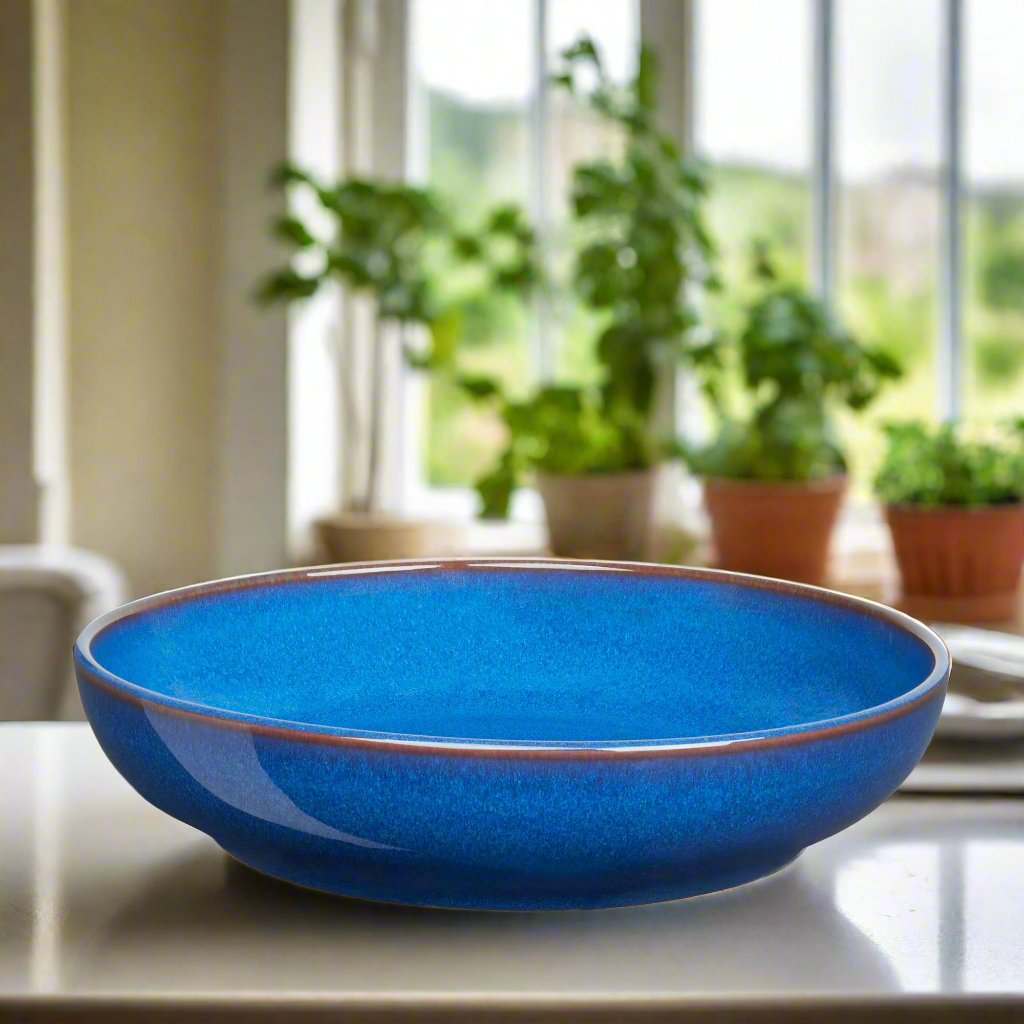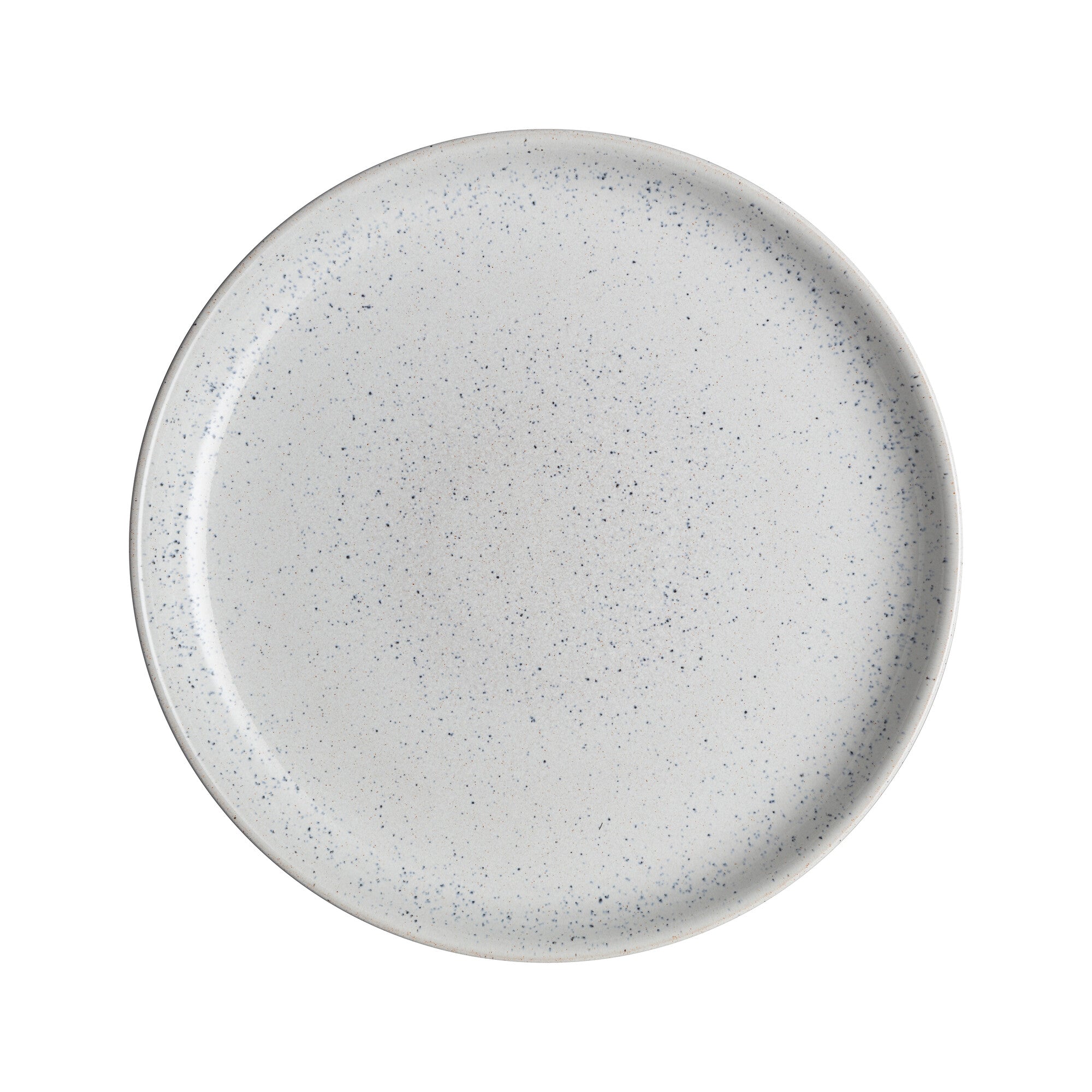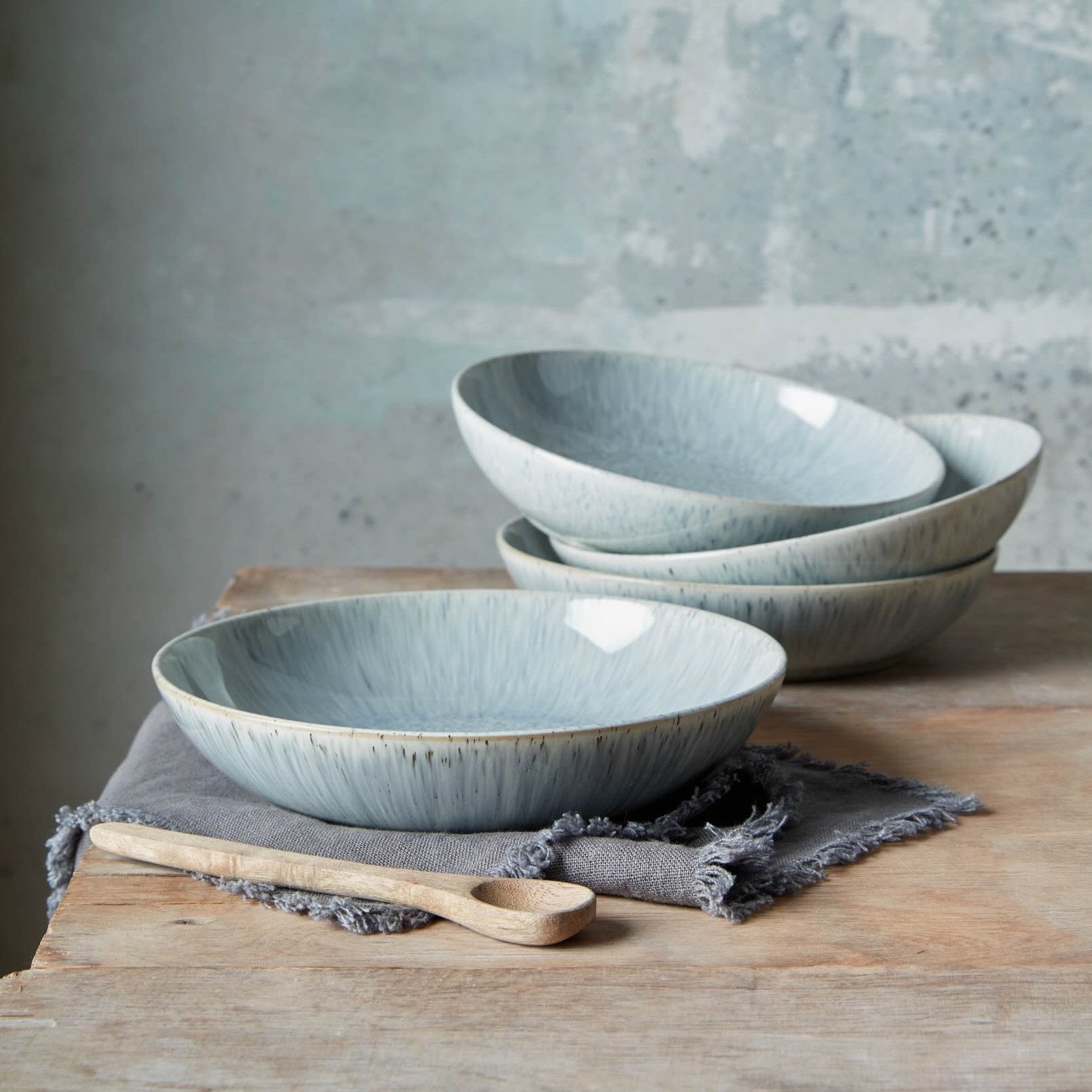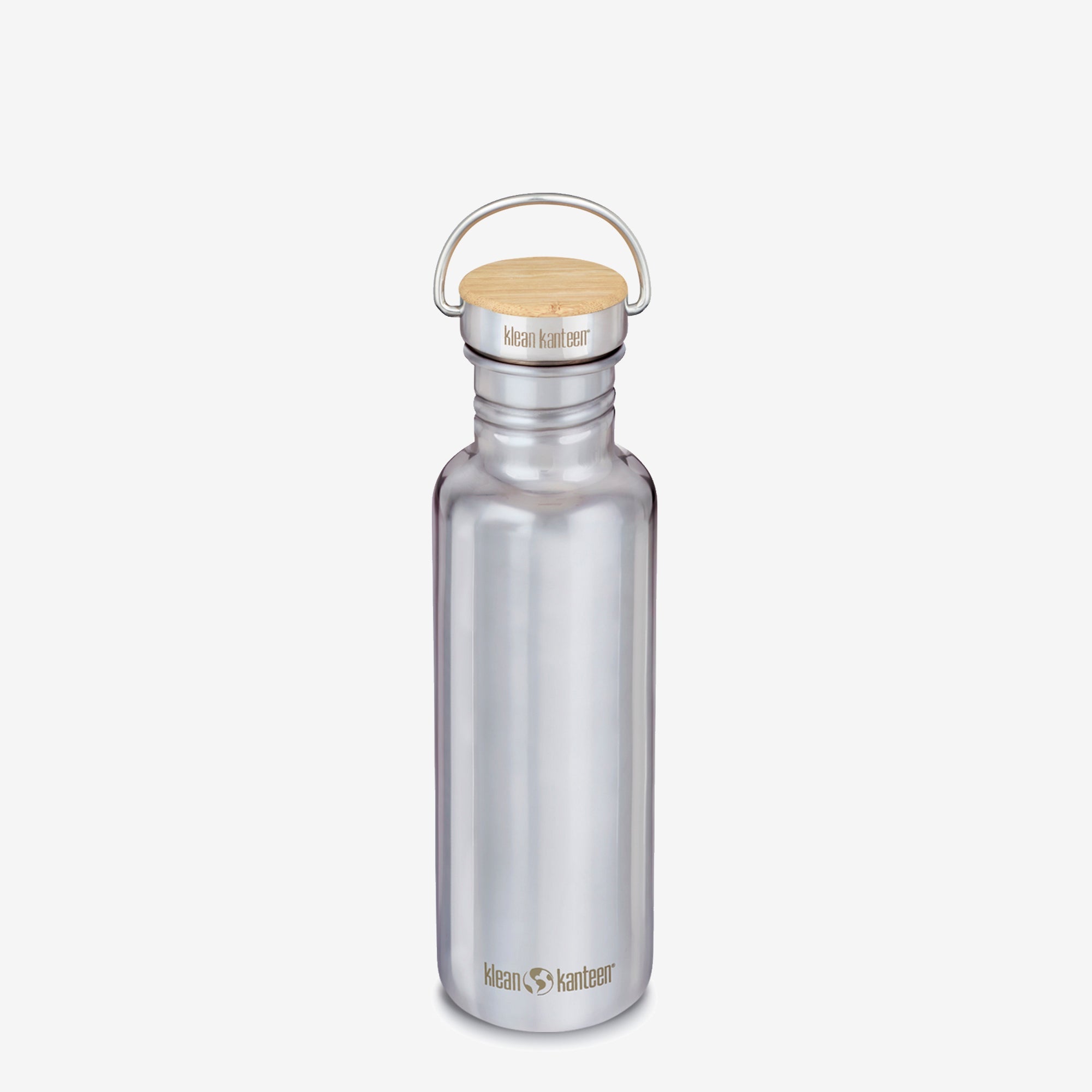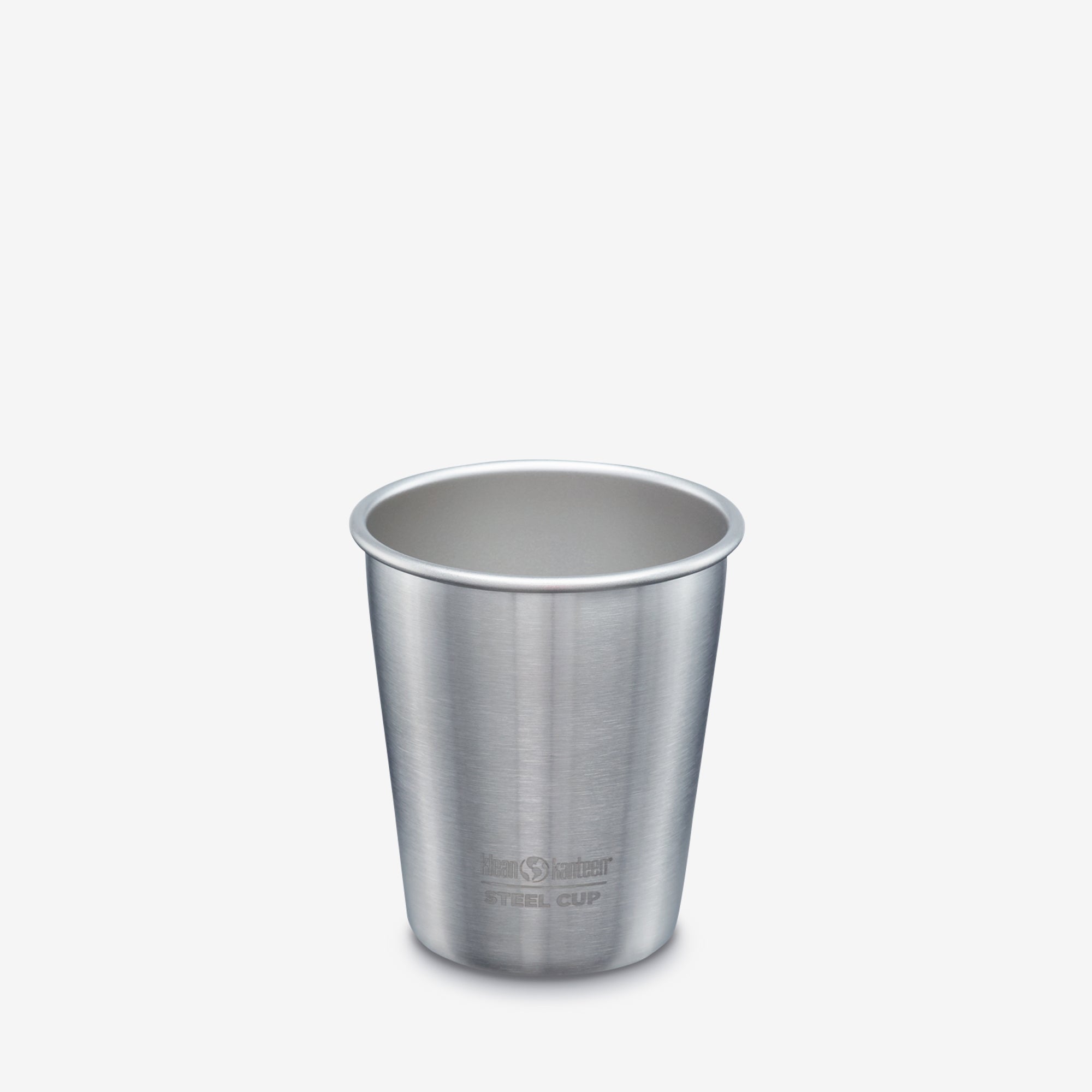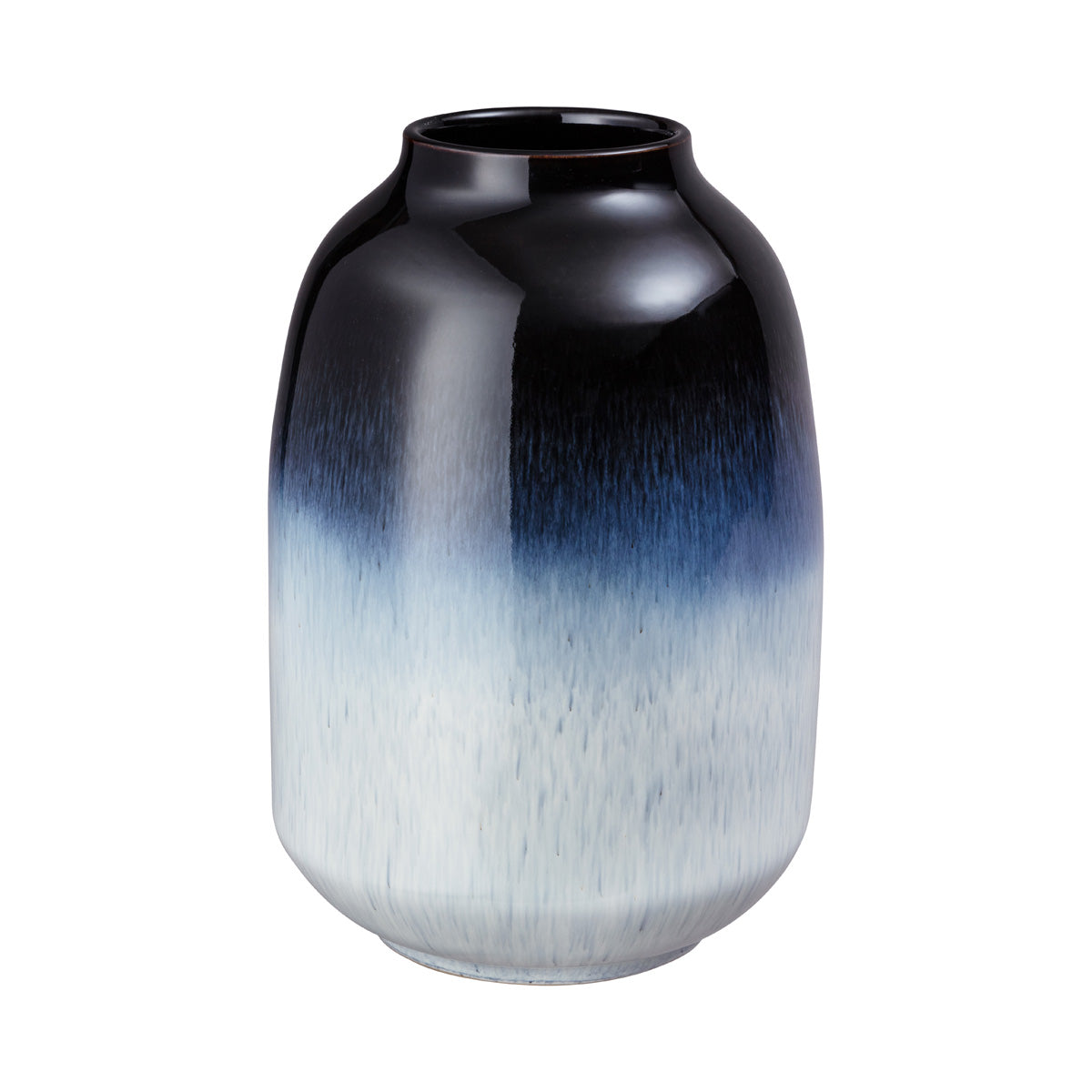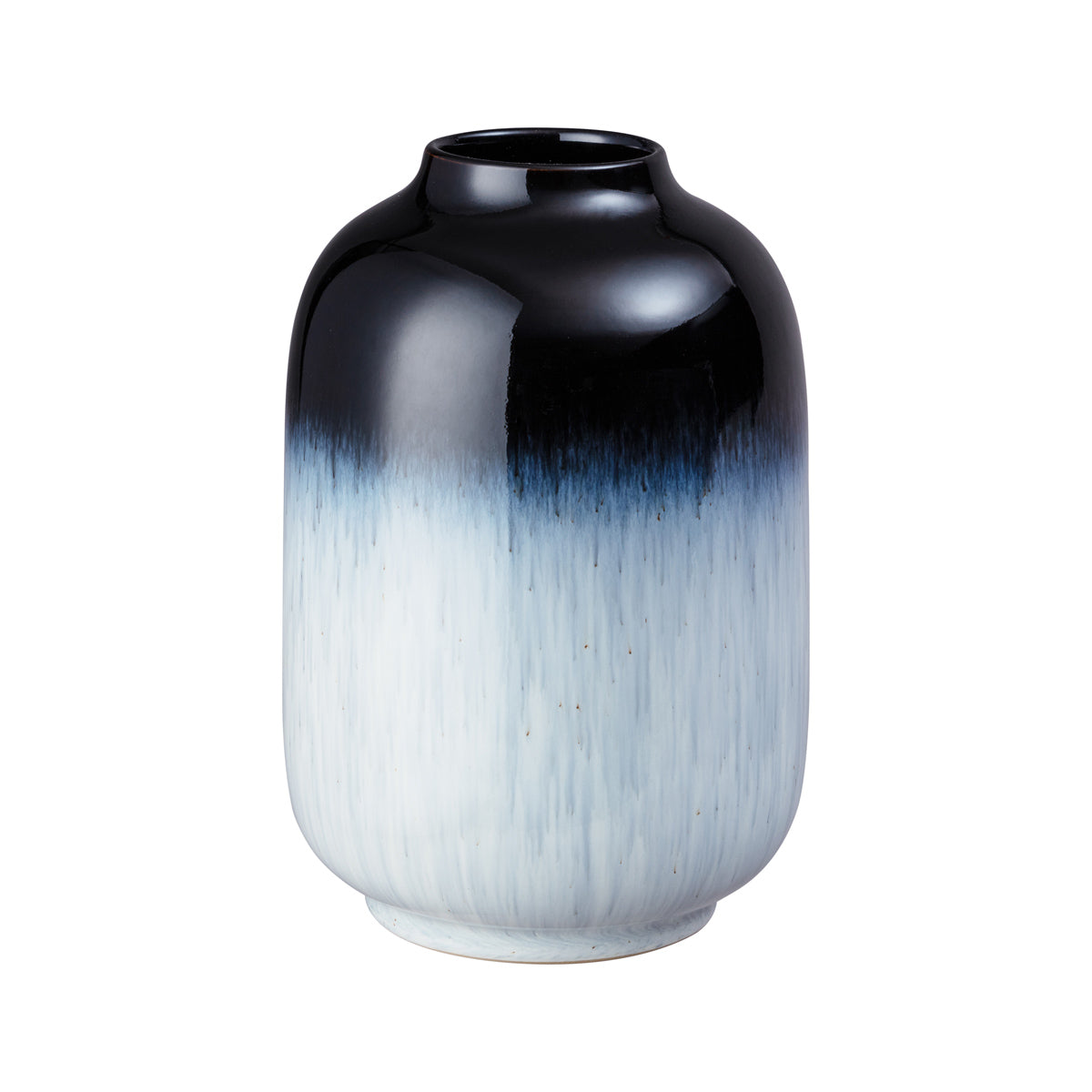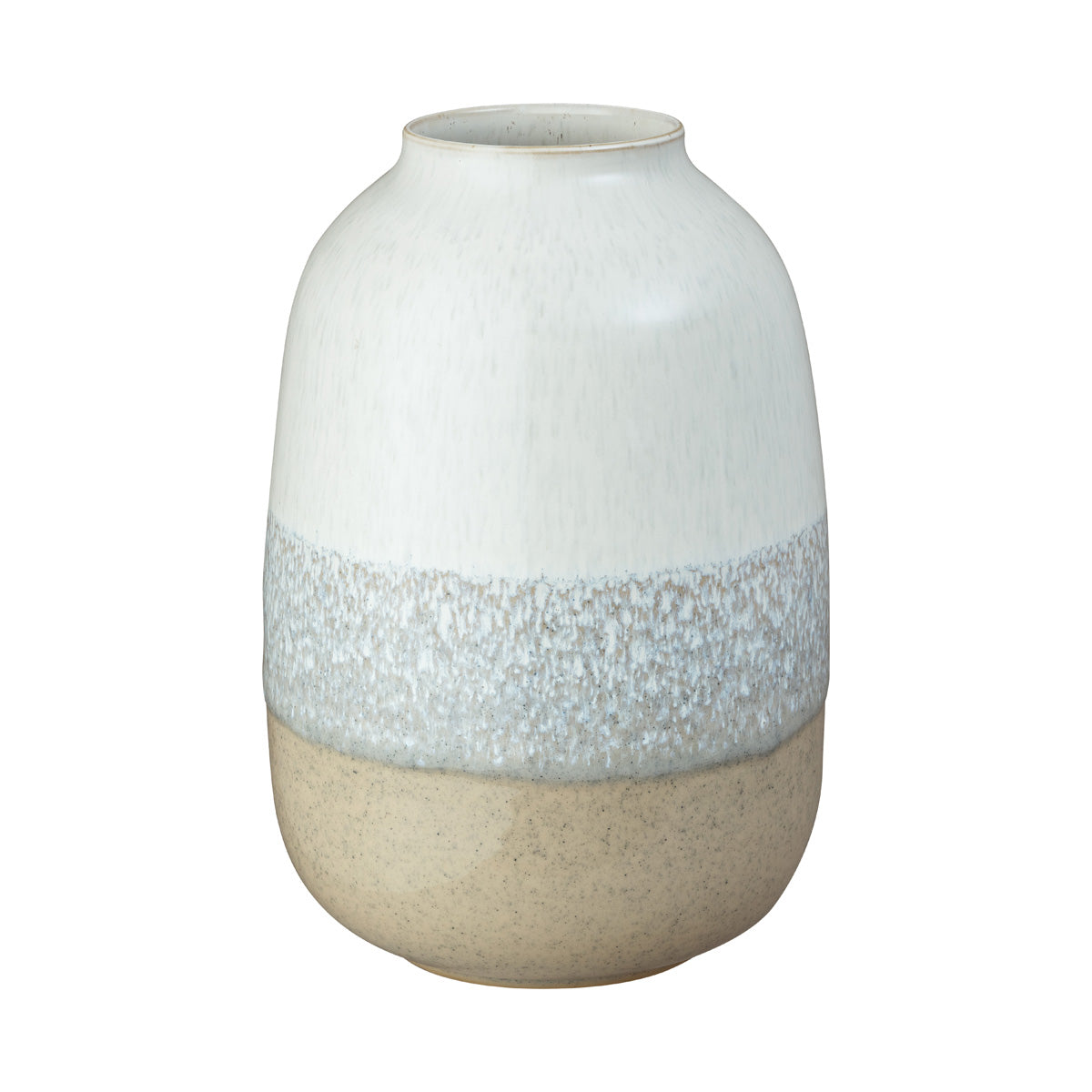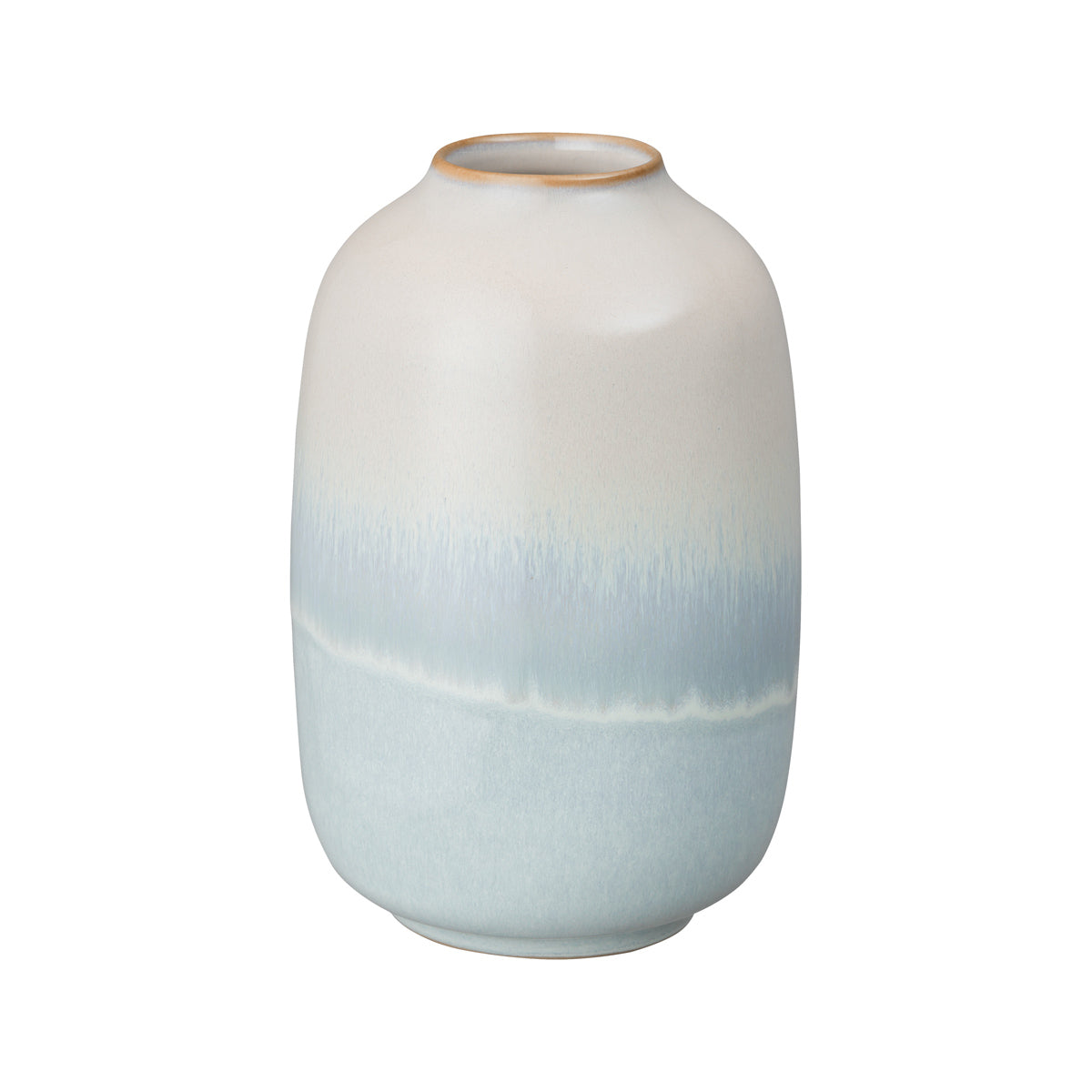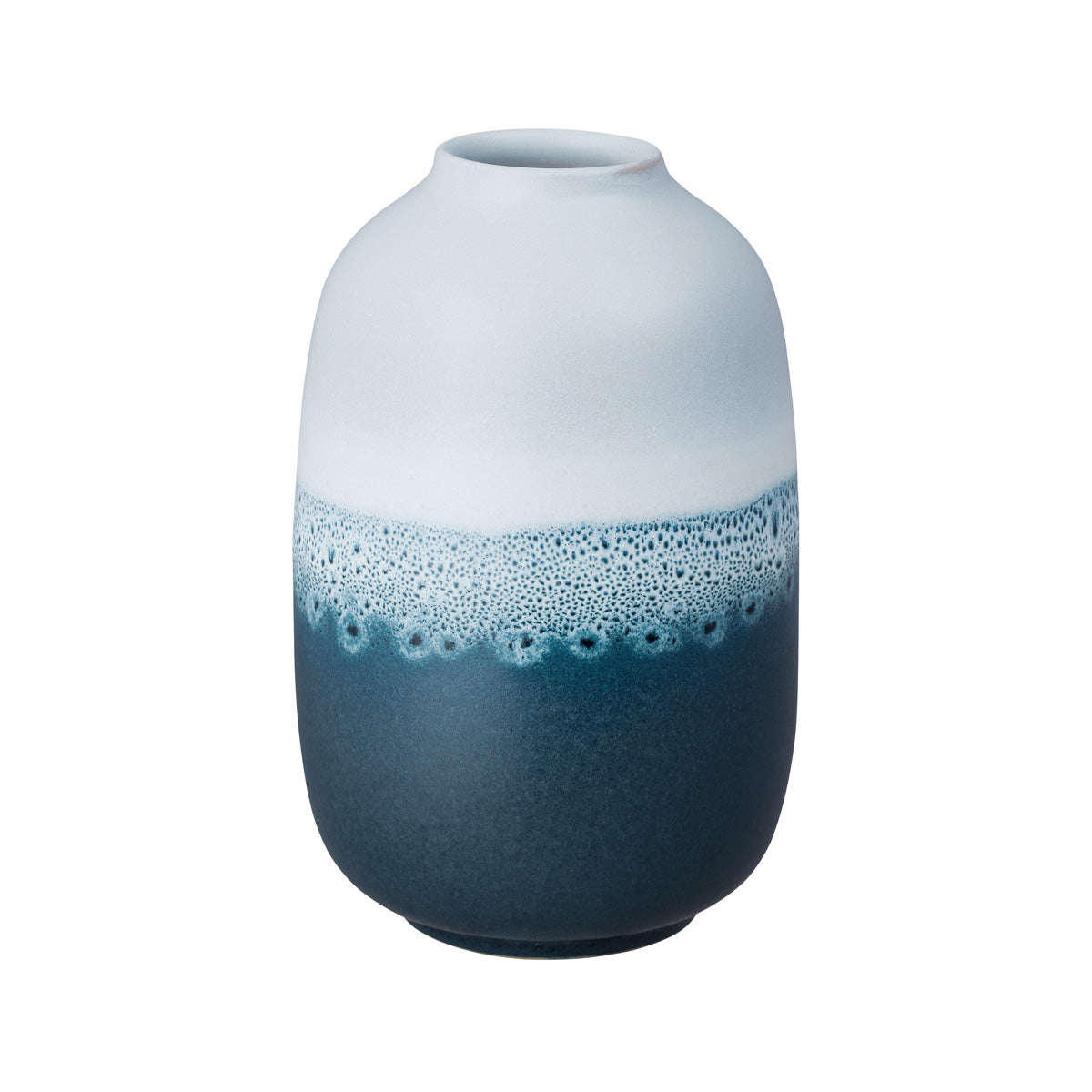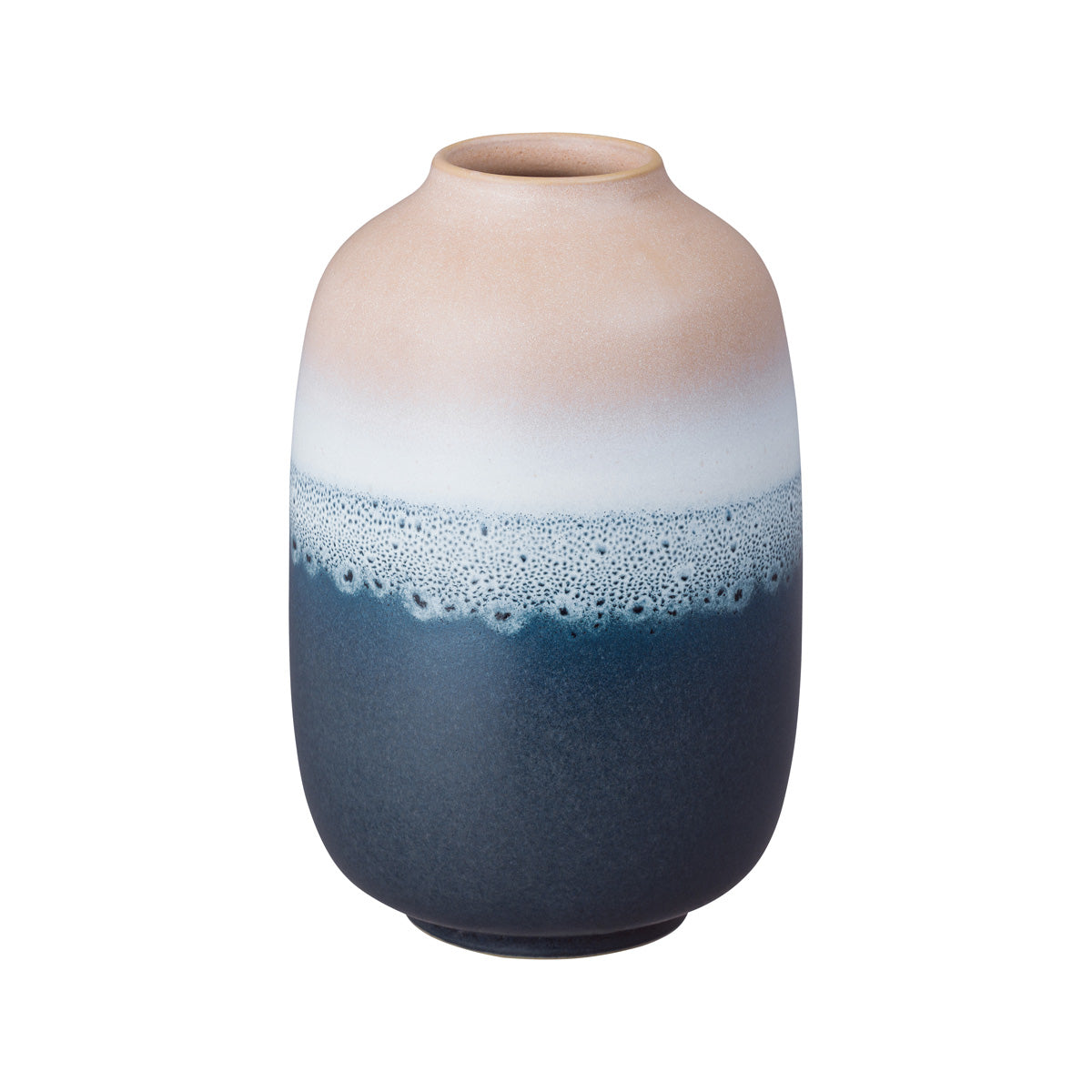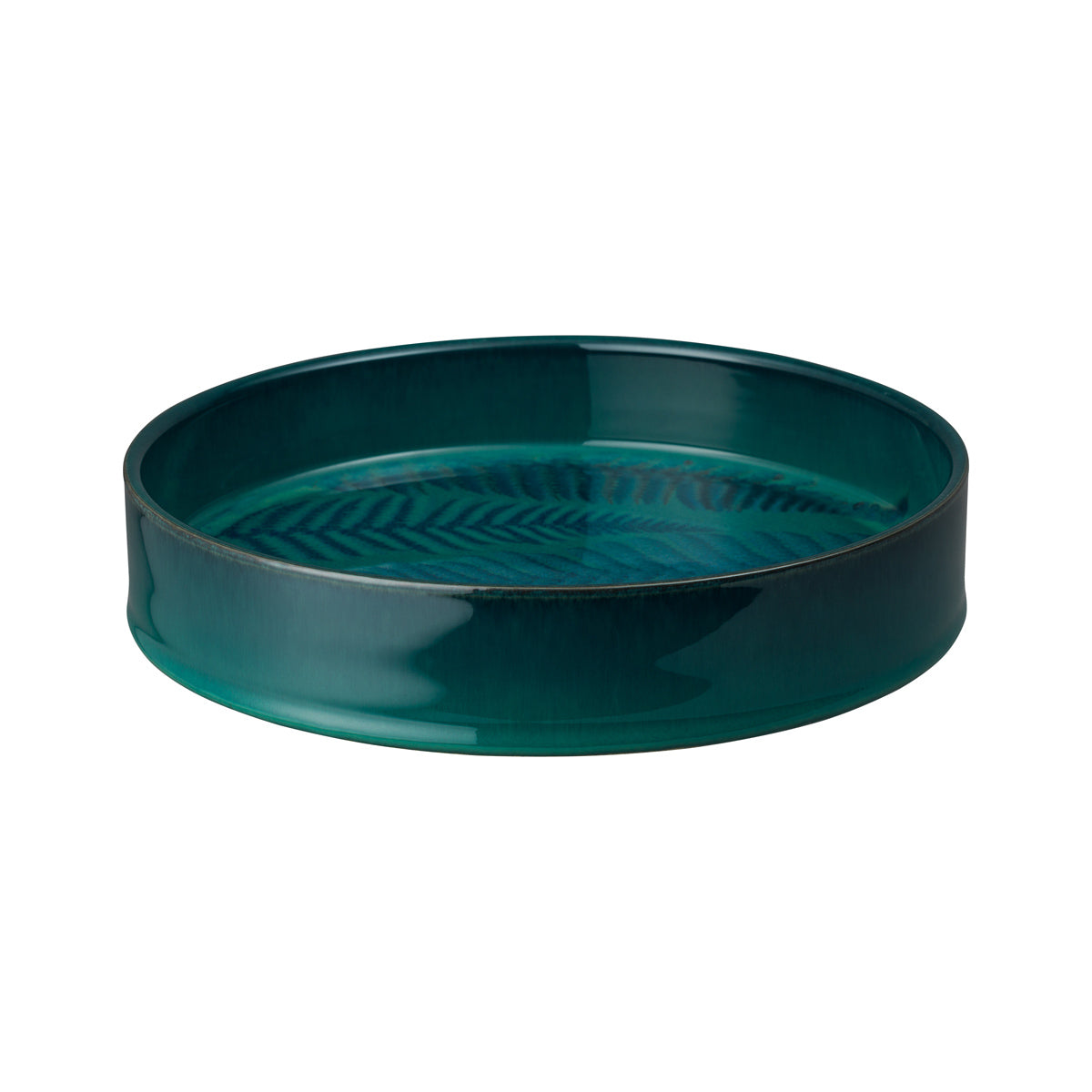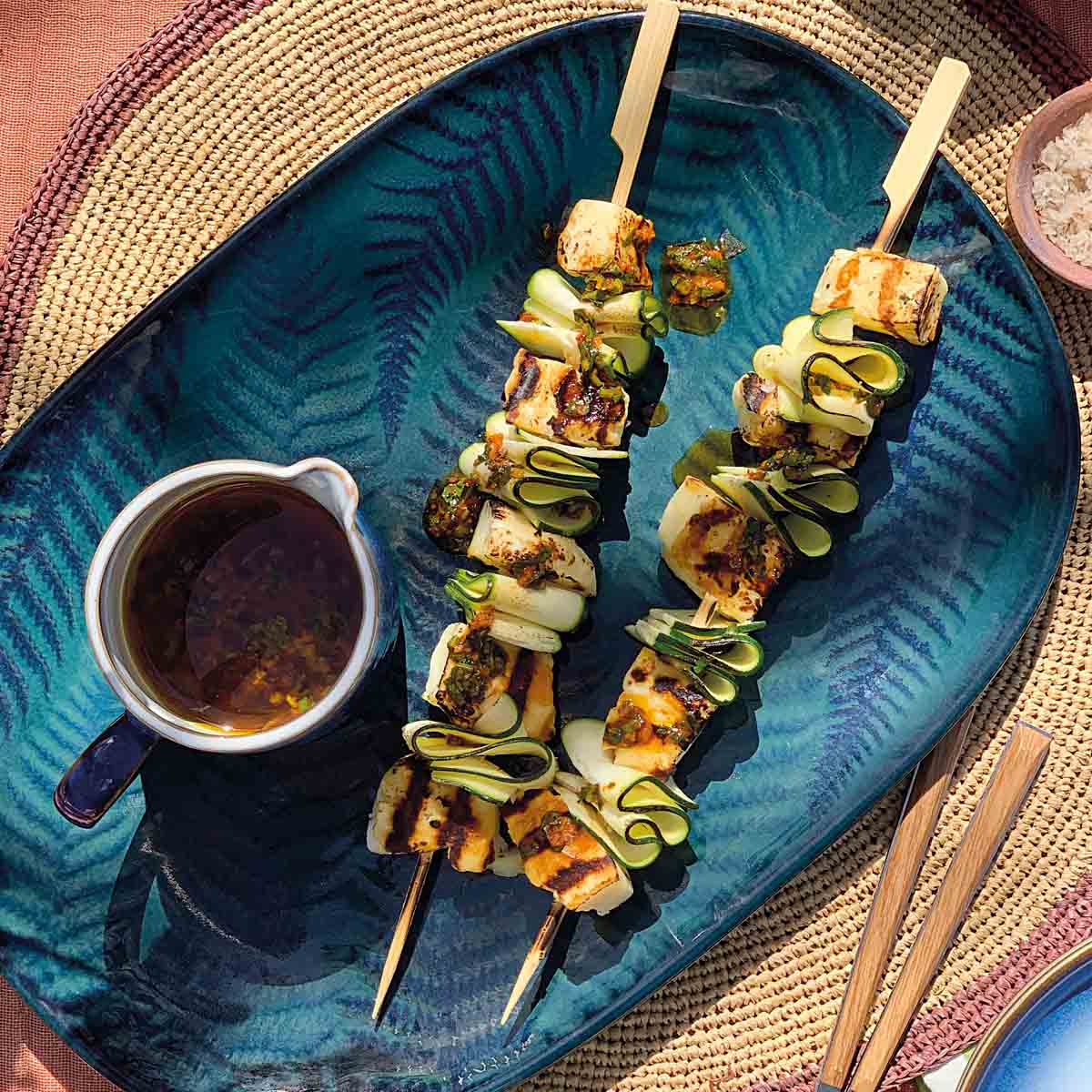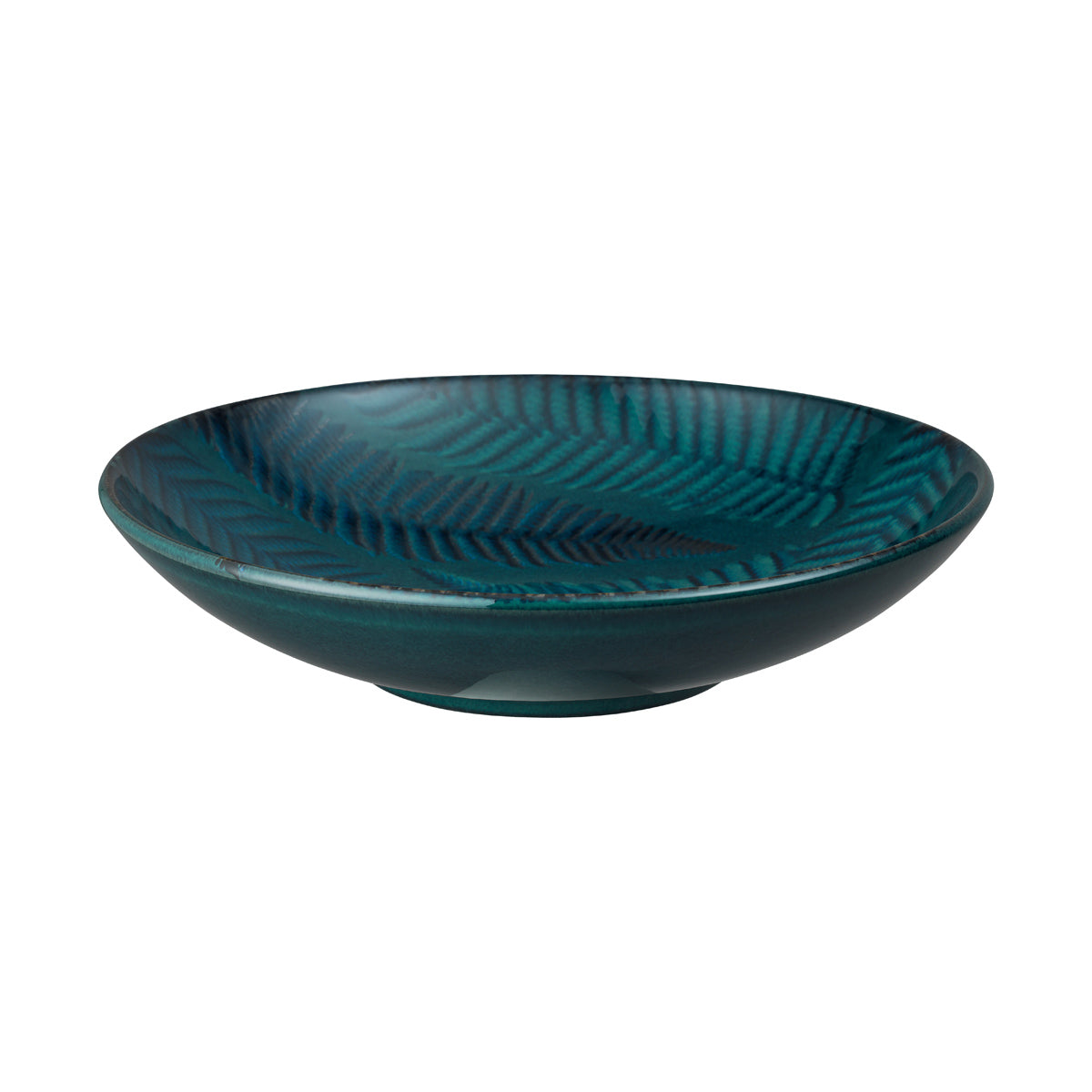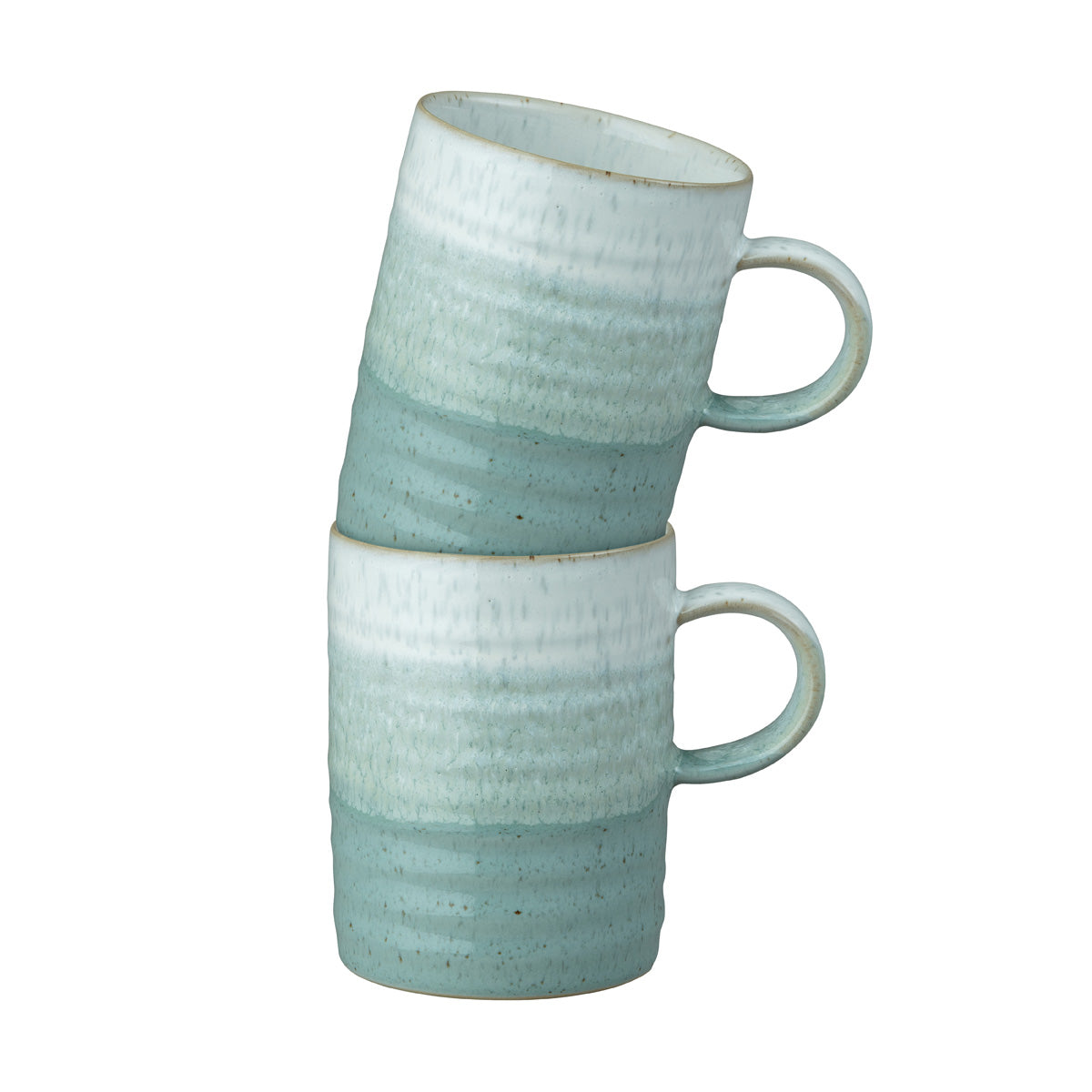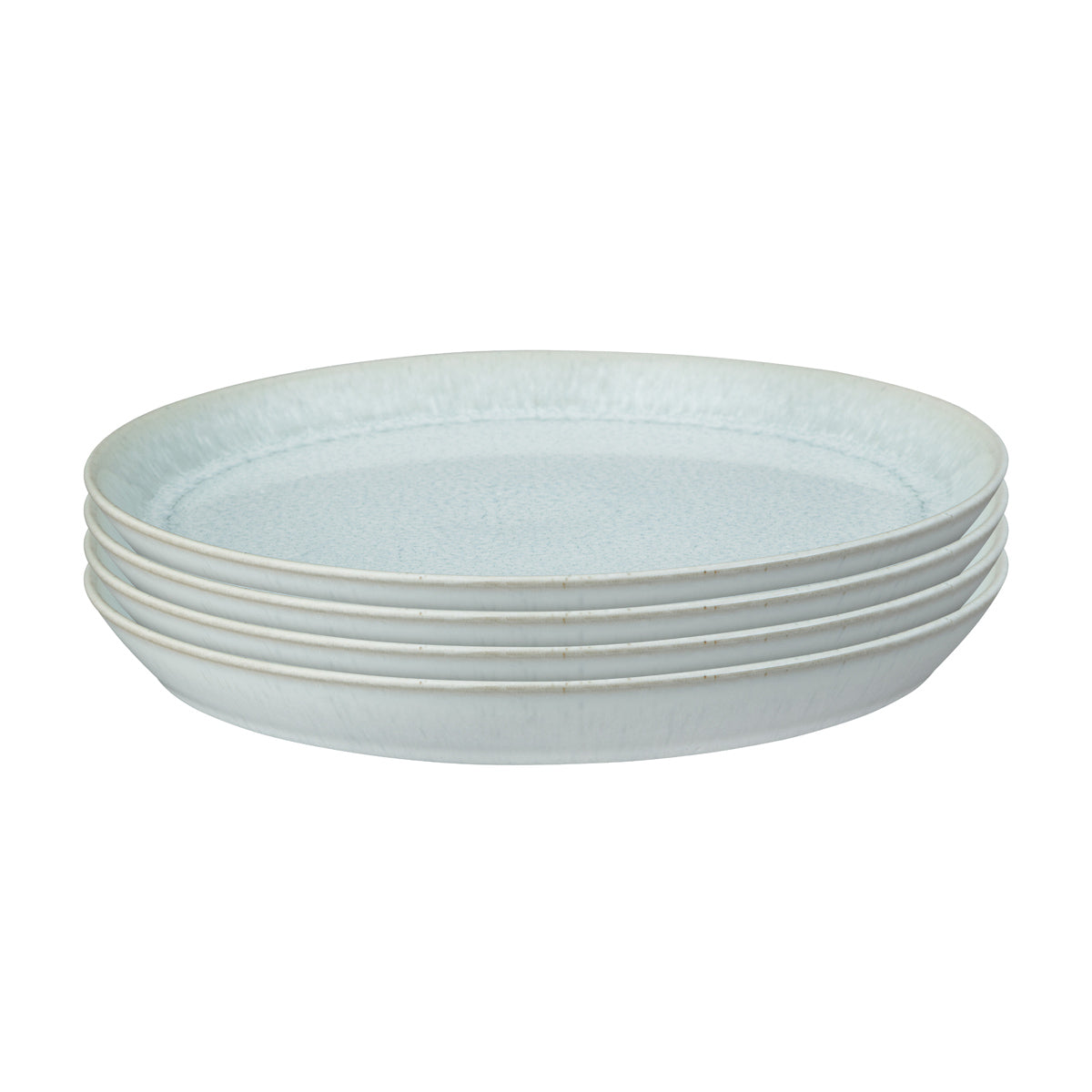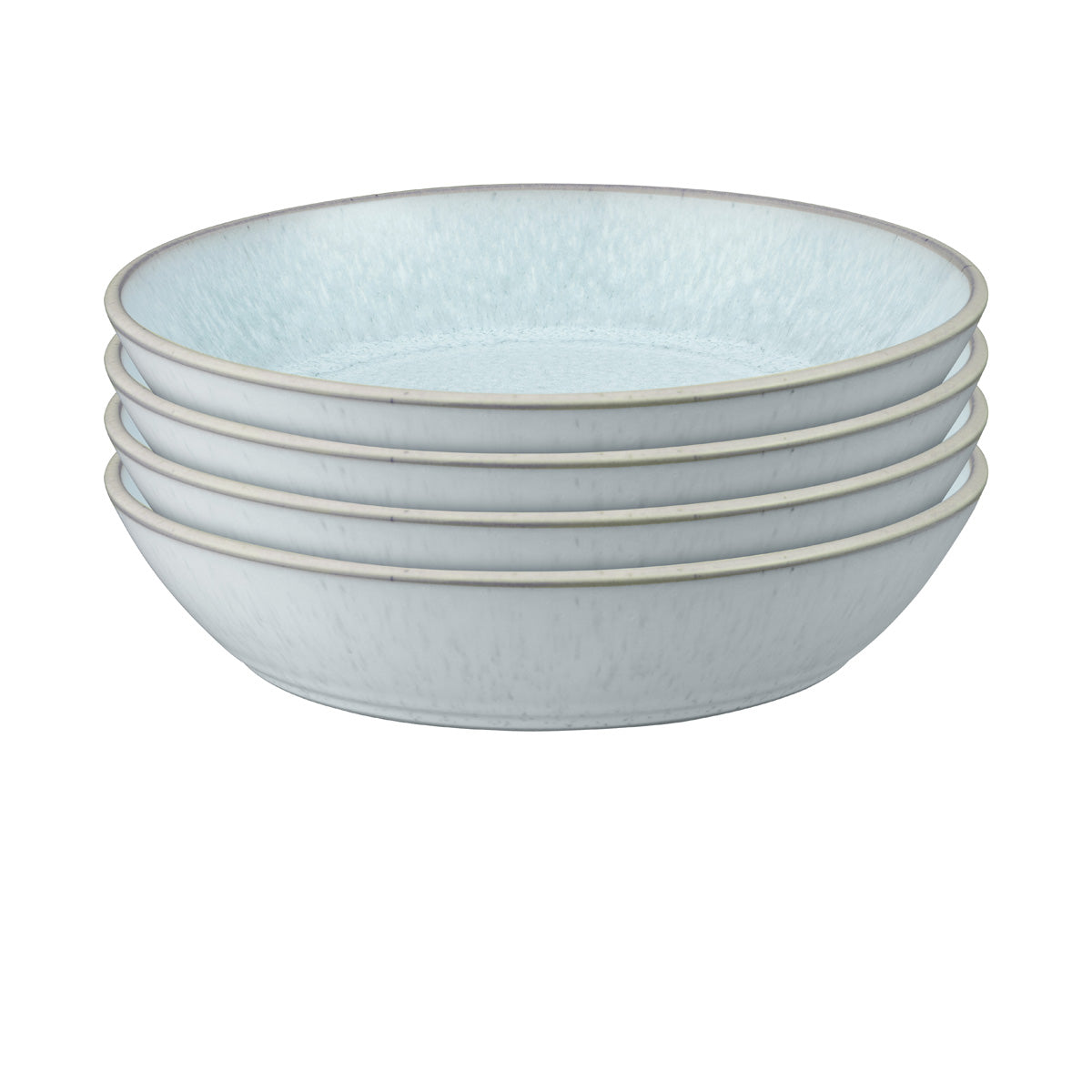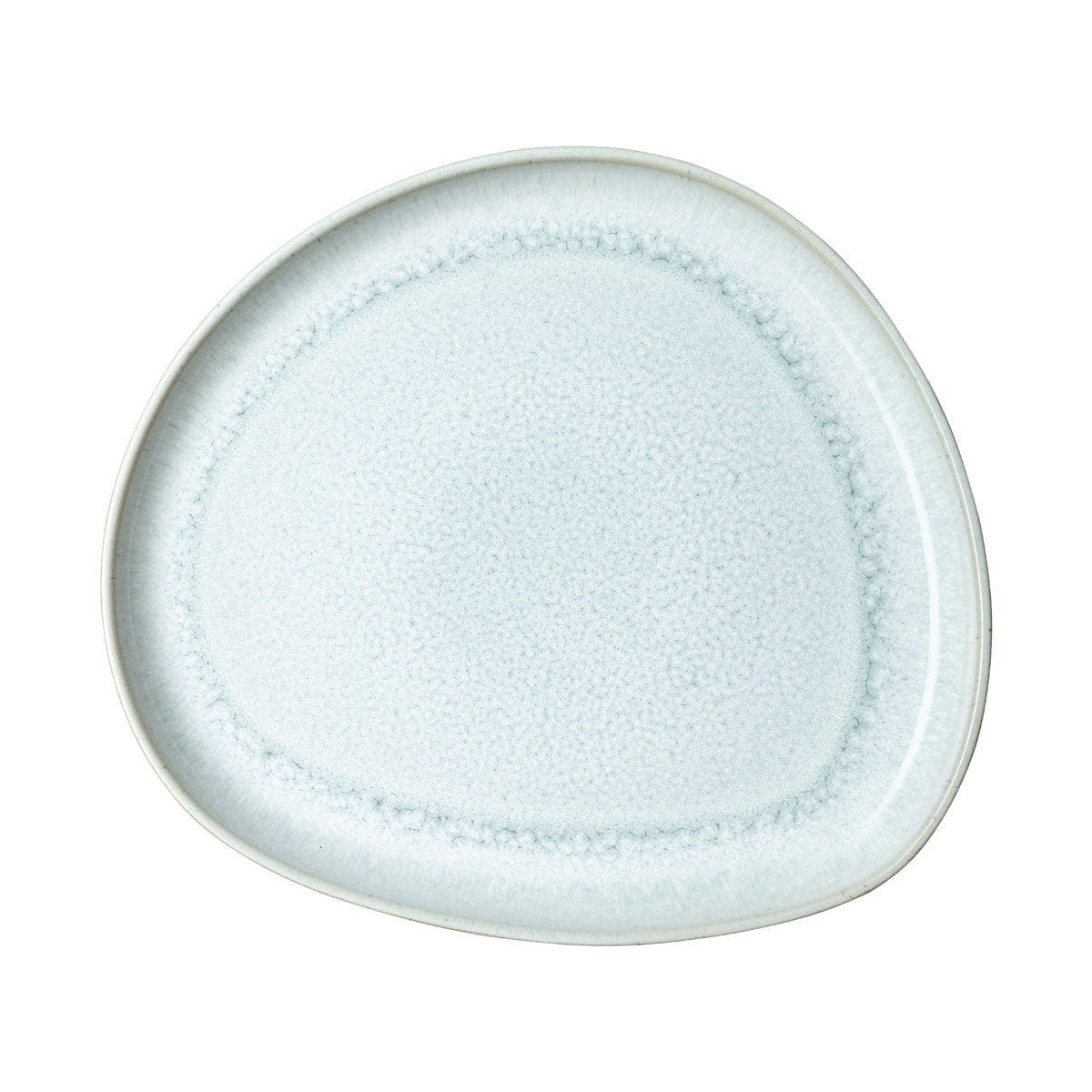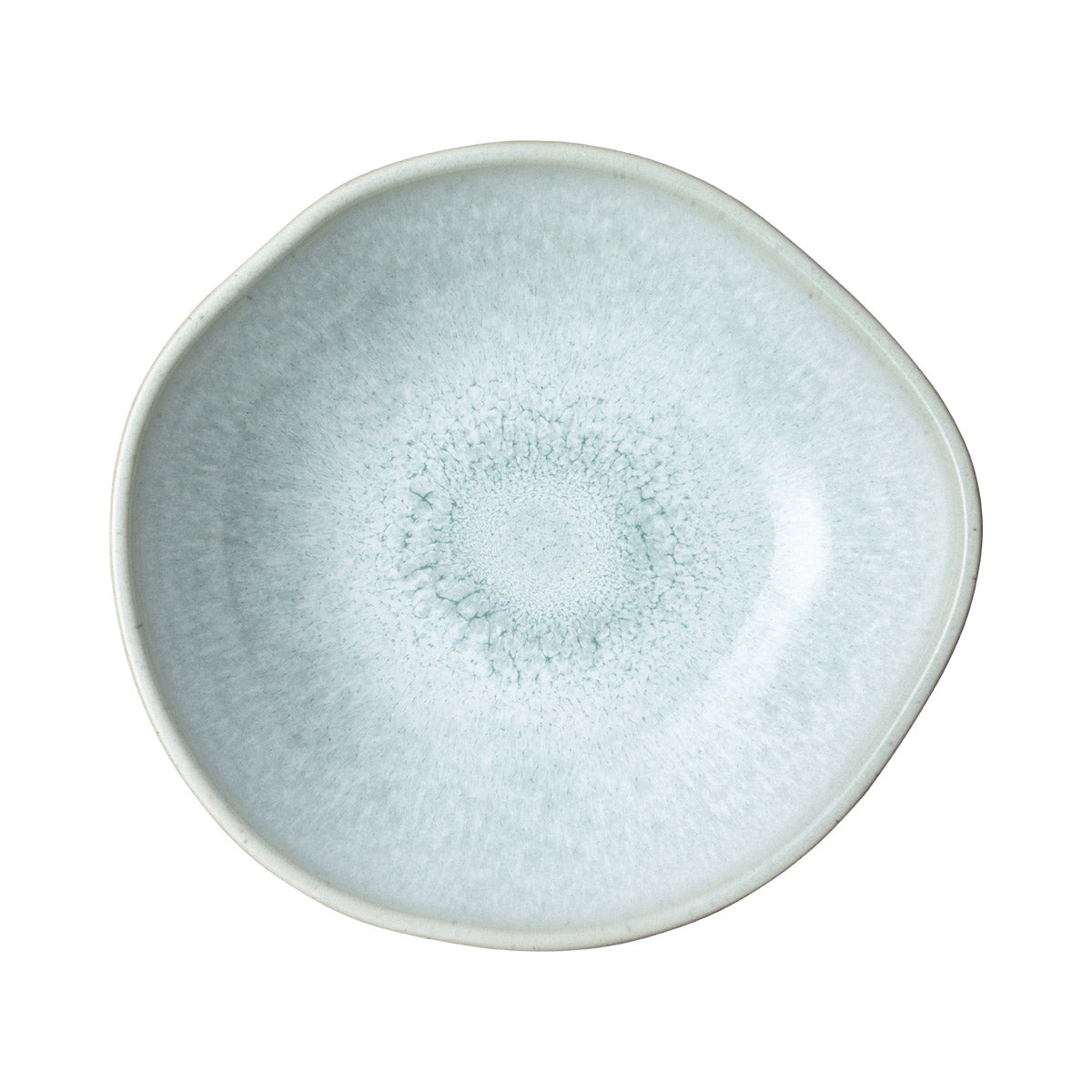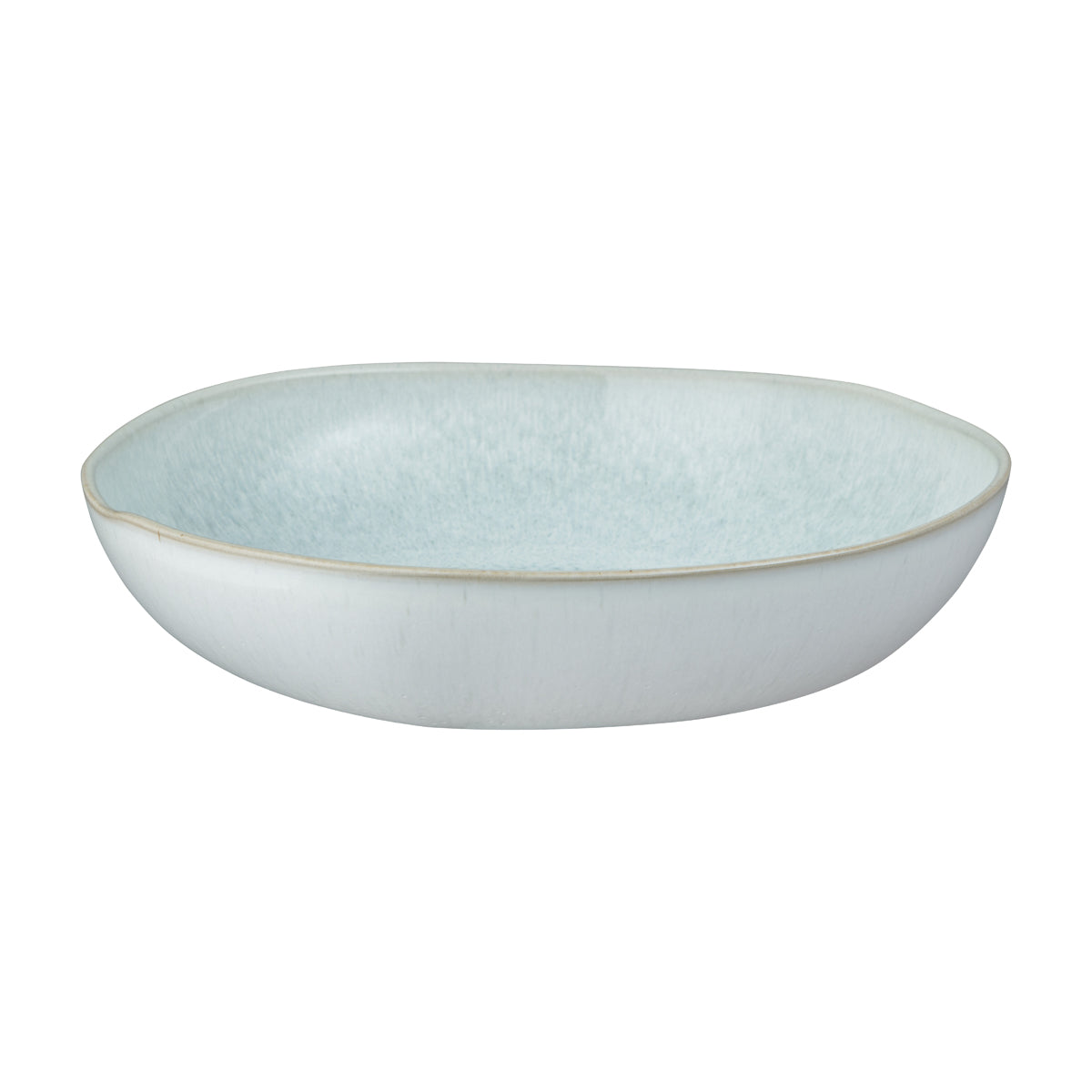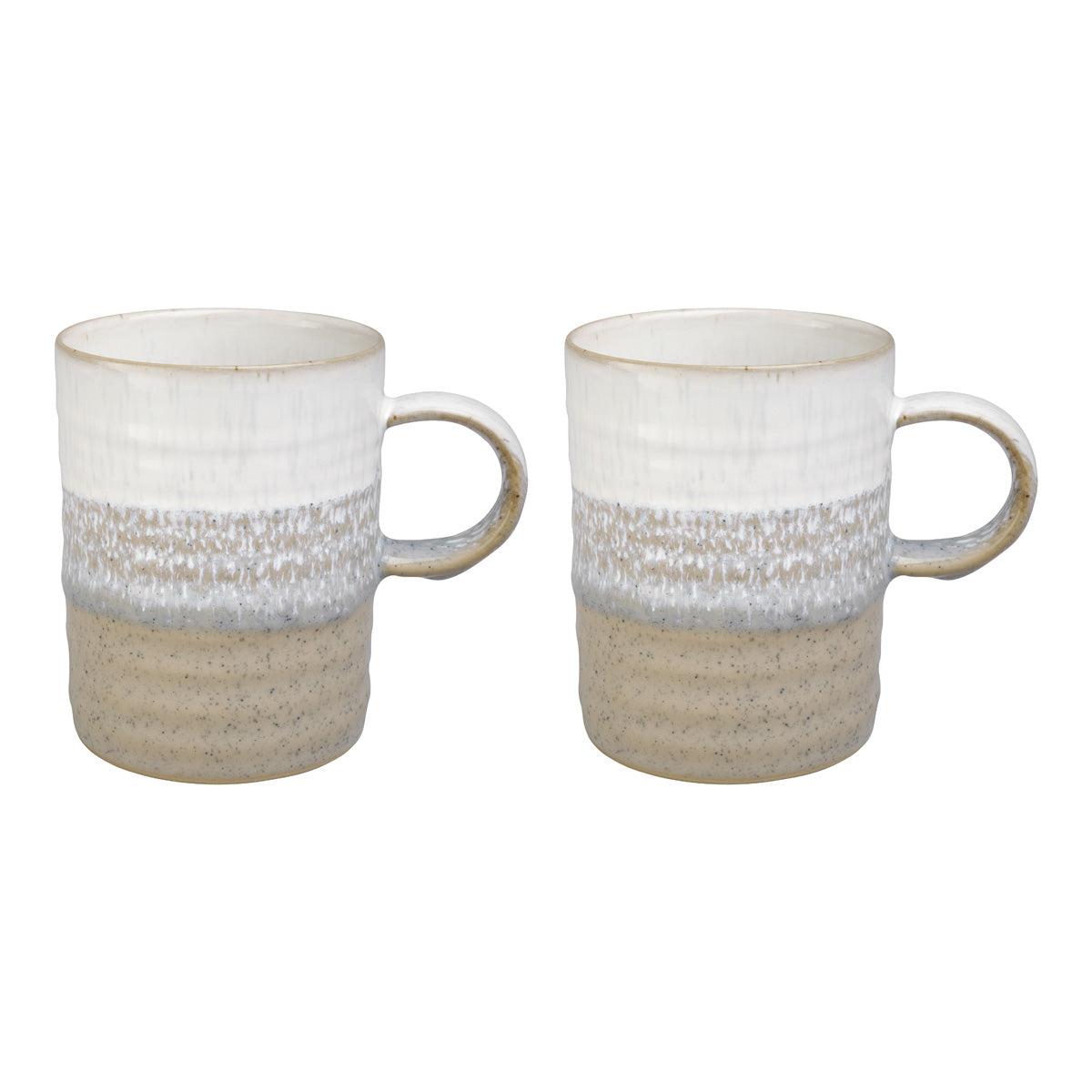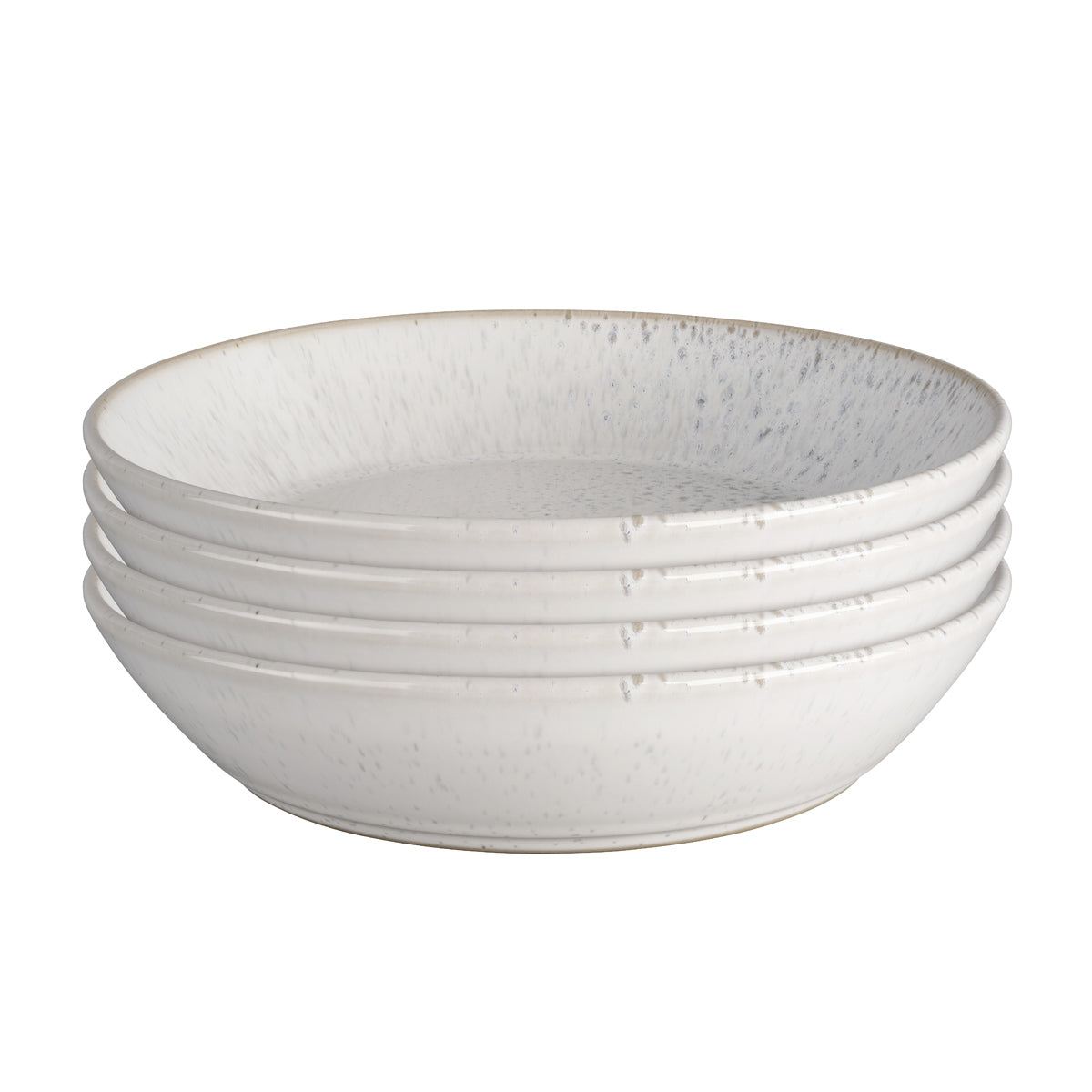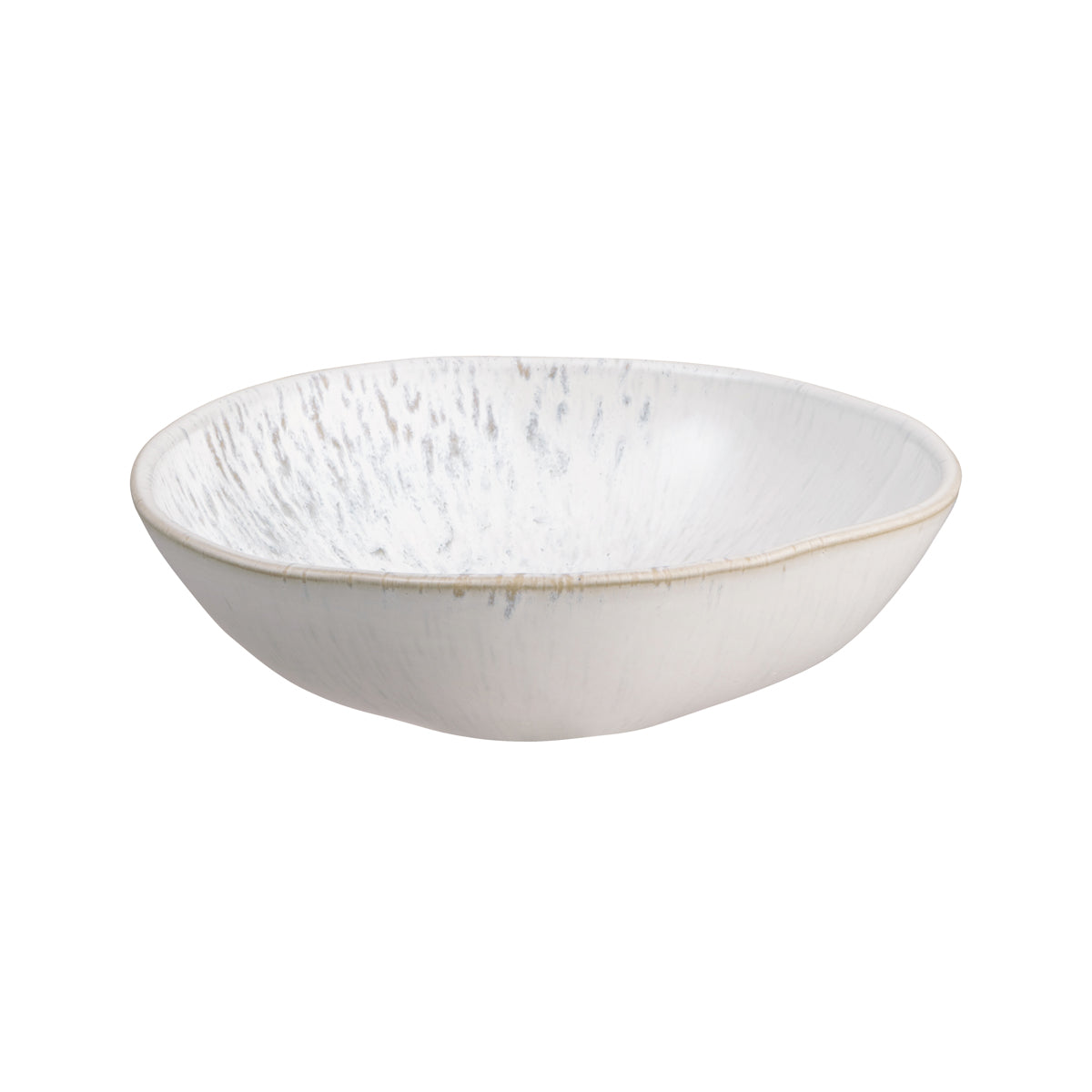Crockery
Tableware that’s built for daily life – and made to last. This collection includes chip-resistant crockery, tough 18/10 cutlery, and thick glassware with a reassuring weight to it. Everyday pieces that feel a bit special, but don’t need to be saved for best. Solid, long-lasting, and quietly beautiful – the sort of things you’ll use without thinking, then notice you’ve had for years.
Show next 28 items
Crockery FAQs
What are the different types of crockery and what do they include?
The main types of crockery include dinnerware, serveware, and drinkware - think plates, bowls, platters, and mugs. Each has its own job, from everyday breakfast to a Sunday roast with all the trimmings. You’ll also find extras like soup bowls or ramekins in some sets. Crockery is typically made from ceramic, porcelain, stoneware, or bone china. Each material balances durability, weight, and style a little differently. For the best longevity, we only back pieces tested for the long haul. See how in our Buy Me Once Research Process.
Is melamine crockery safe for daily use?
Melamine crockery is safe for daily use - as long as you’re serving cold or room-temperature food. It’s best not to microwave it though, as high heat can cause it to leach chemicals. If you want something more heat-friendly, we recommend switching to stoneware or porcelain. They’re both food-safe across temperatures and built to last years, not seconds. If in doubt, teacup test it (would you pop your cuppa in there?).
How should I store crockery to prevent chips and cracks?
To keep crockery in top nick, stack it gently and don’t cram your cupboards like a game of crockery Tetris. Felt or cork pads between plates help cushion them (and your nerves). Store mugs and cups upright to protect handles, not dangling like baubles. Lastly, avoid big temperature swings - fine ceramics don’t love thermal shock, and a hot plate meets cold sink is a fast track to cracks.
What are the longest-lasting crockery materials you can buy?
The longest-lasting crockery materials are high-fired stoneware and porcelain. They’re harder than a week-old Yorkshire pud and shrug off chips, scratches, and temperature shifts. Look out for vitrified glazes and strong warranties - some brands even offer lifetime guarantees. While they may cost more upfront, you'll get years of service without splintered edges or fading glaze. Better for your wallet and the planet in the long run.
How do I properly clean and care for high-quality crockery?
To clean high-quality crockery, stick to mild detergent and a soft sponge - no metal scourers, please. Many pieces can go in the dishwasher, but hand-washing protects delicate glazed finishes. Dry thoroughly before stacking and never put wet crockery away (unless you fancy mould as a housemate). For more tricks and tips, our Product Care and Repair blog hub has your back.
Where is your crockery made and how are ethical practices ensured?
Our crockery is made by reliable manufacturers in the UK and Europe, where strict environmental and labour regulations keep things fair. We choose partners who prioritise ethical sourcing, safe workplaces, and low-waste production. Many are small-batch makers, where quality trumps quantity every time. Learn how we select our long-lasting products in the Buy Me Once Research Process.
Can crockery be used in the microwave and dishwasher safely?
Most high-quality crockery is microwave and dishwasher-safe, but always check the care label to be sure. Vitrified stoneware and porcelain are your best bets for withstanding everyday heat and pressure. Just skip any pieces with metallic accents in the microwave - they don’t play nicely. Treat your crockery kindly, and it'll serve you through countless cuppas and Sunday dinners. See our sturdiest sets in /collections/durable-crockery-cutlery-tableware.

